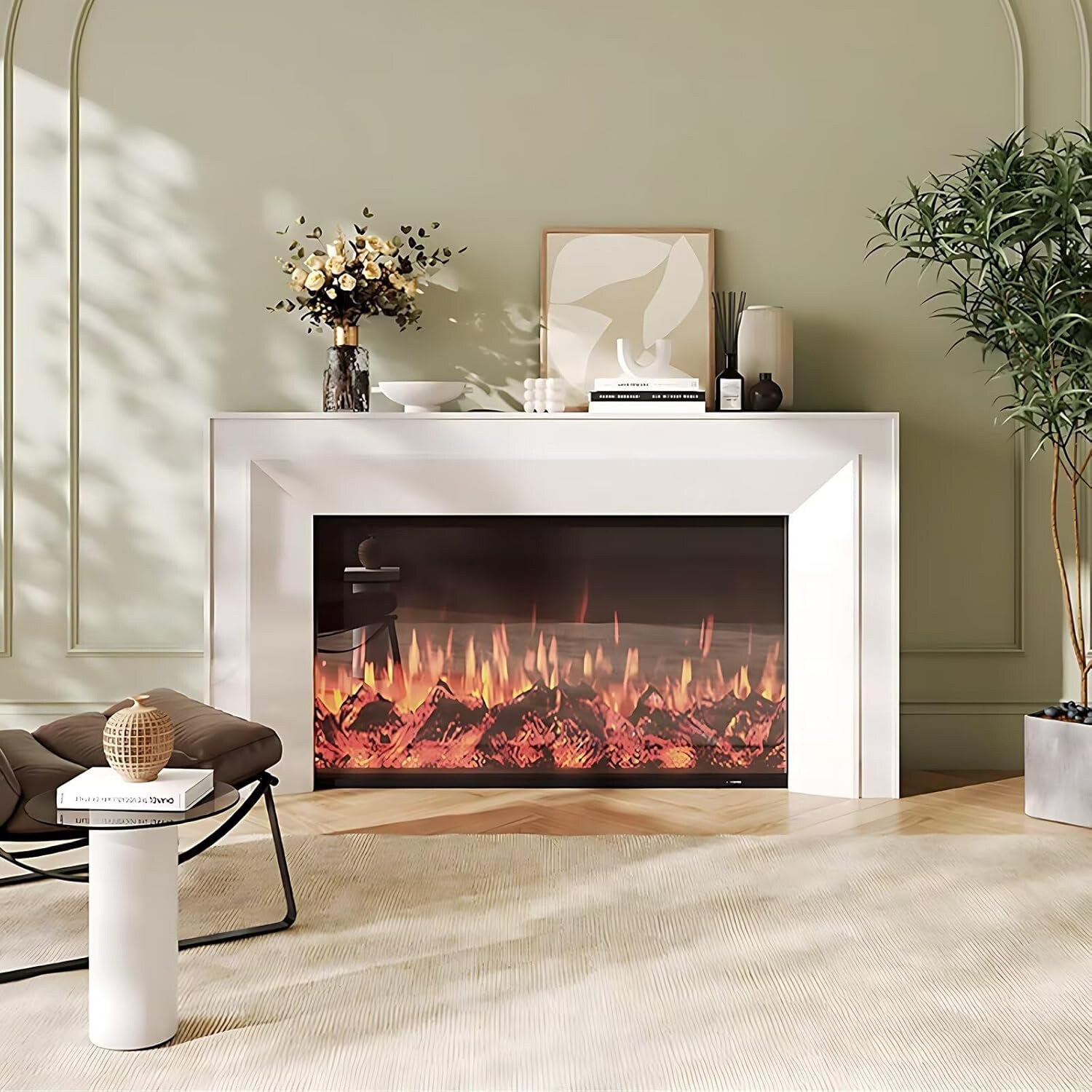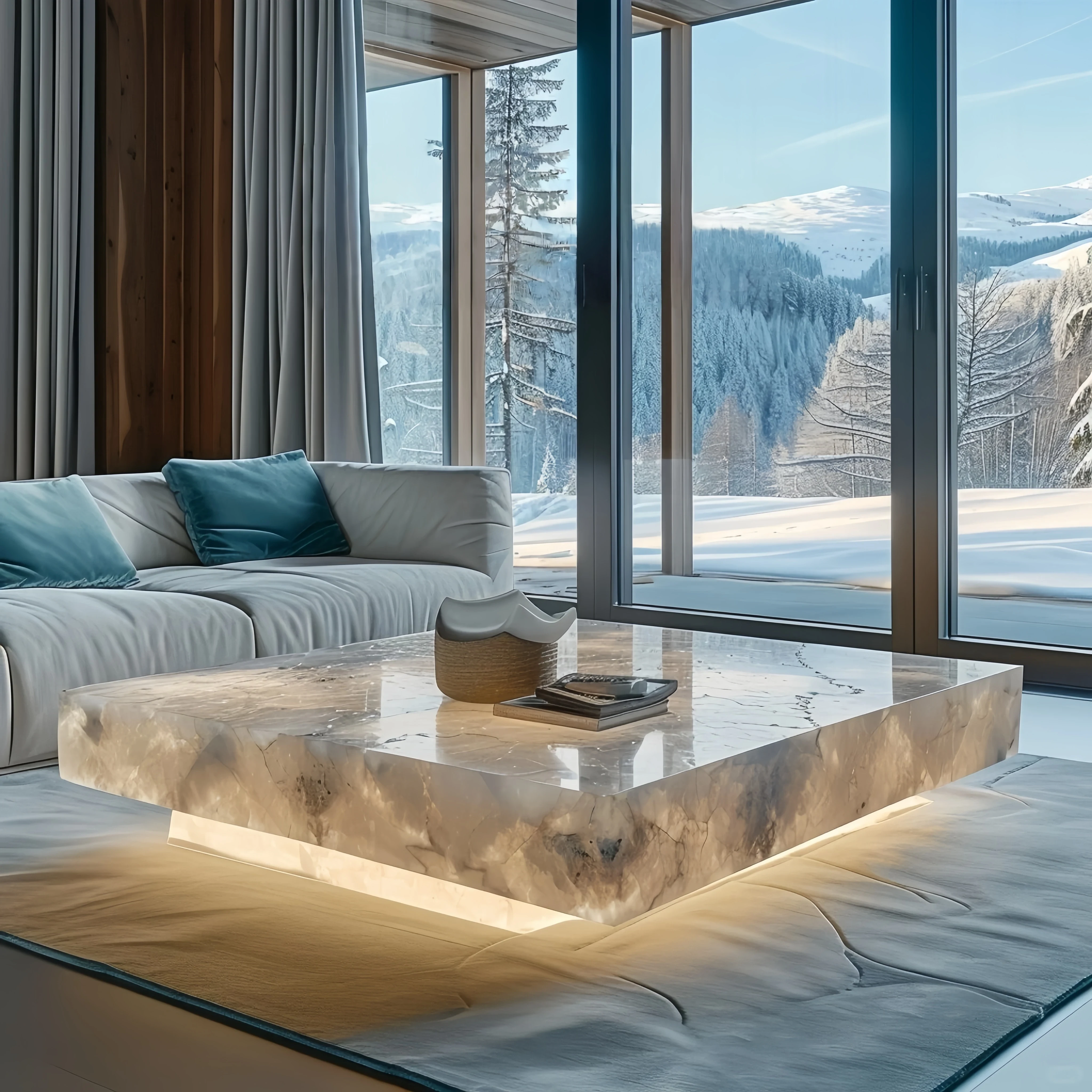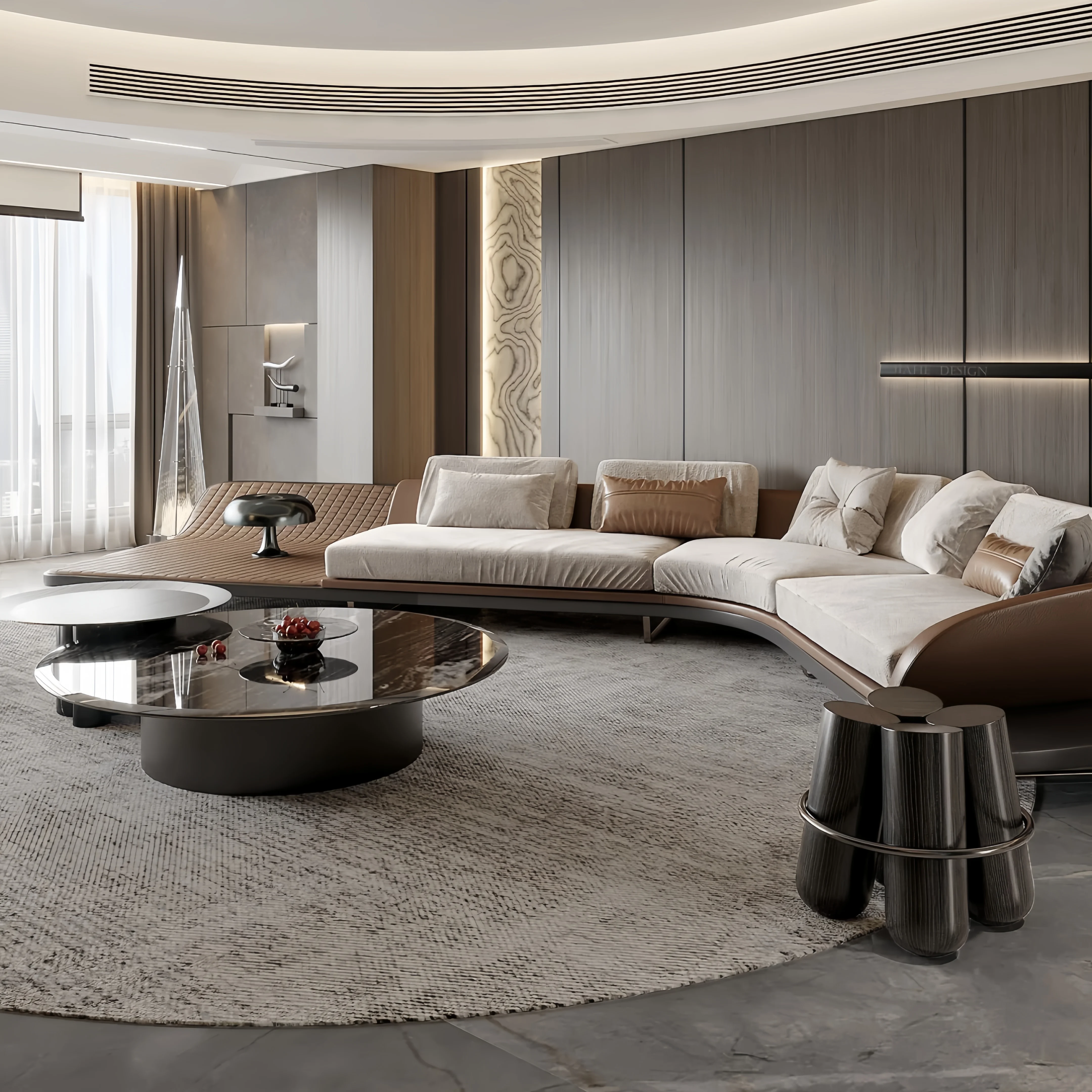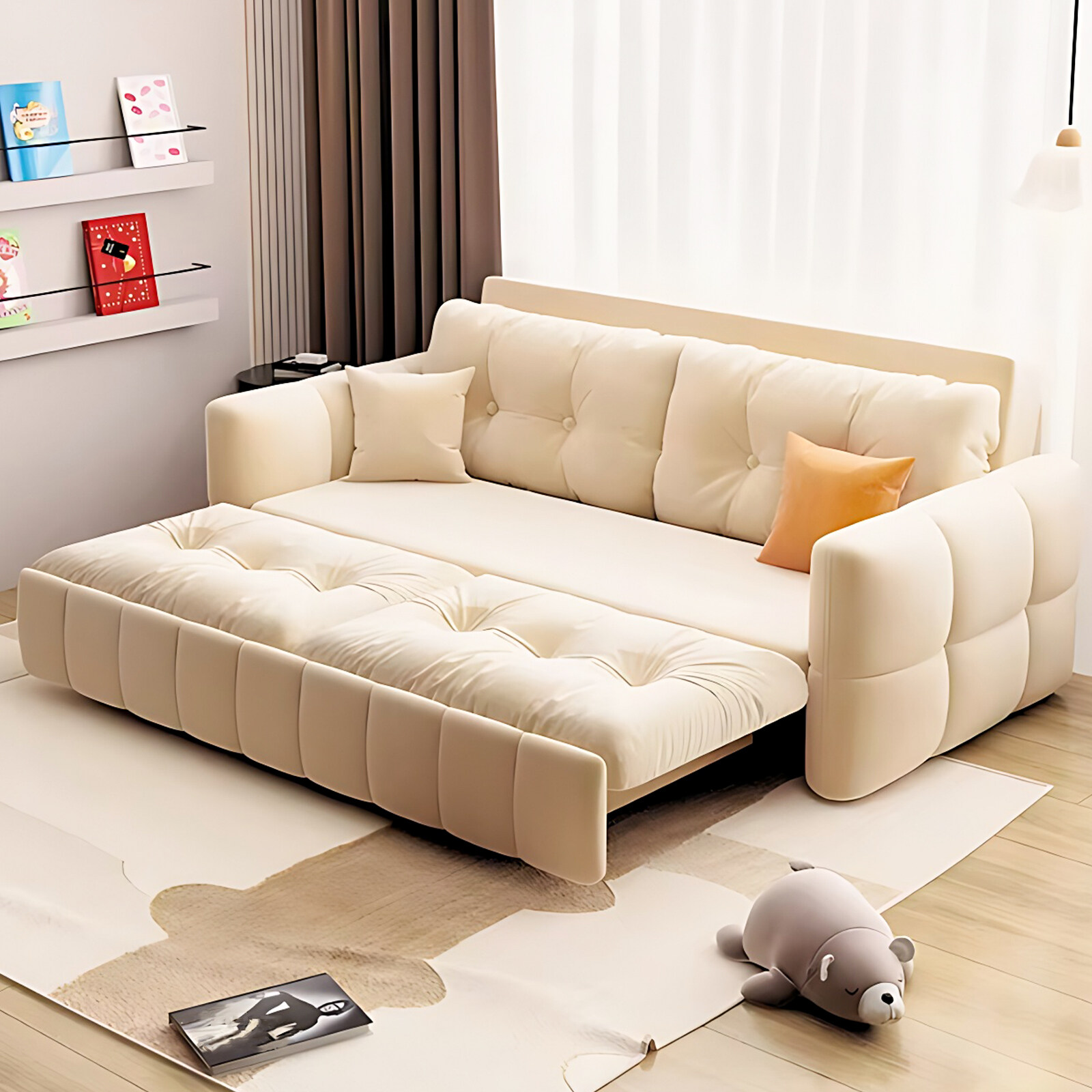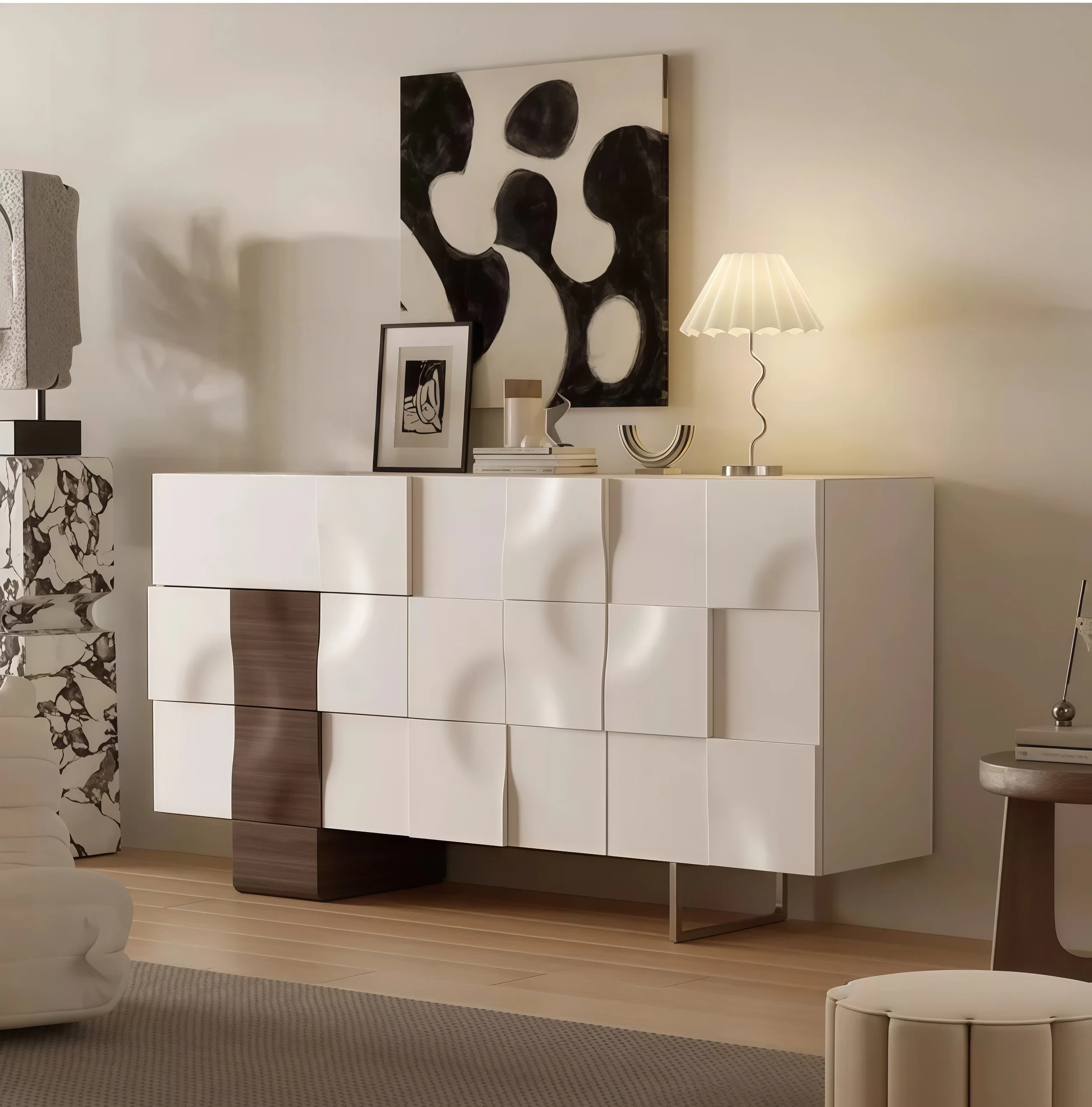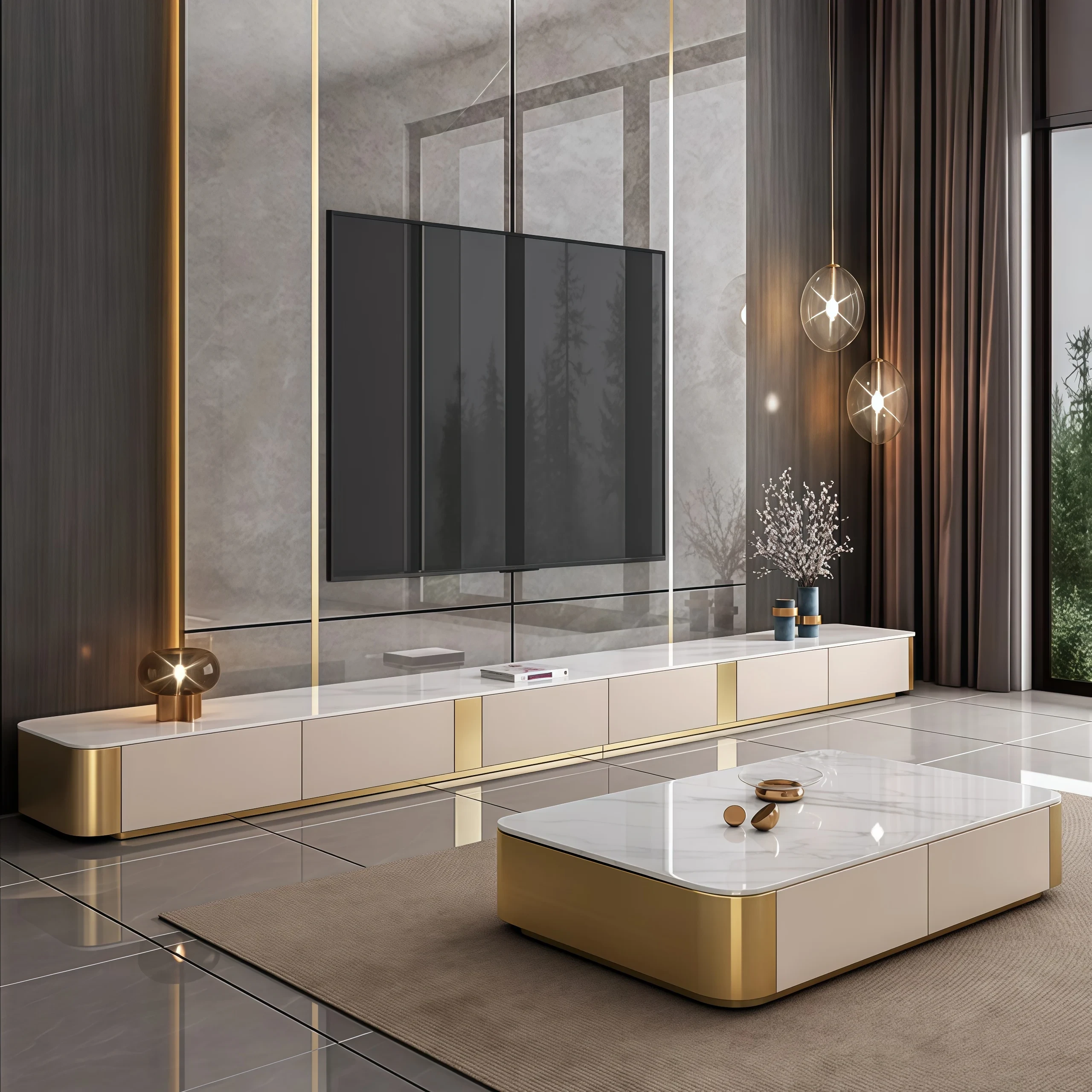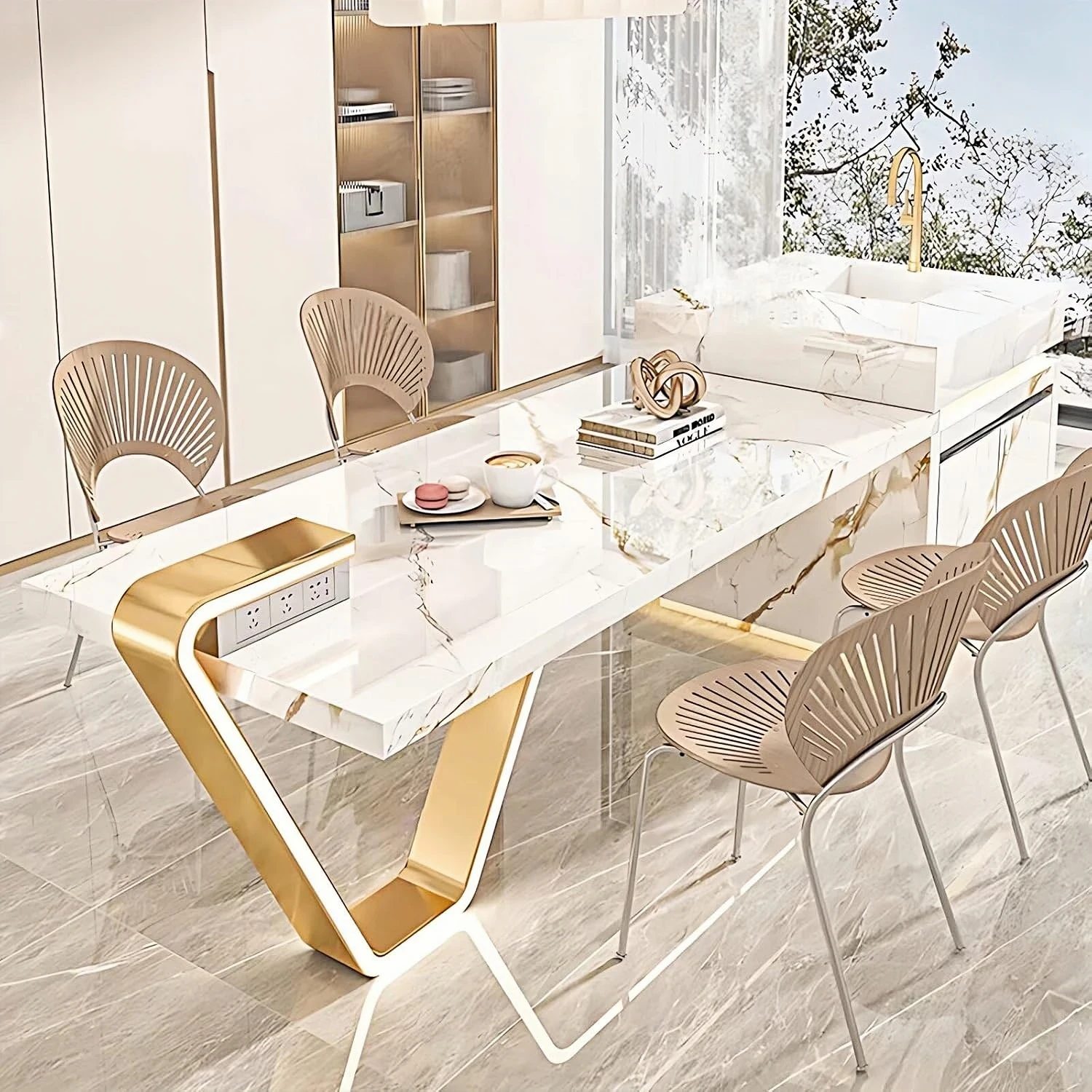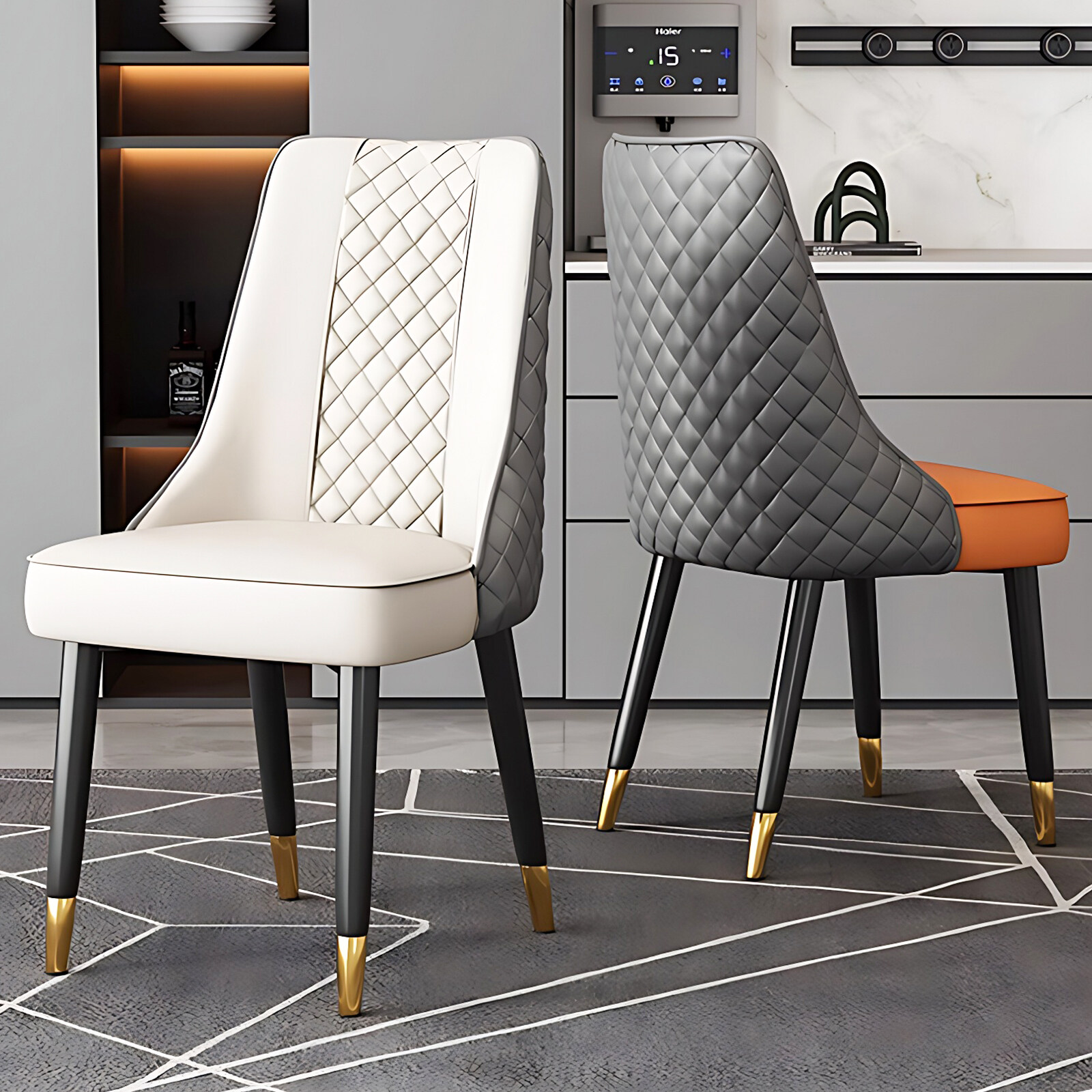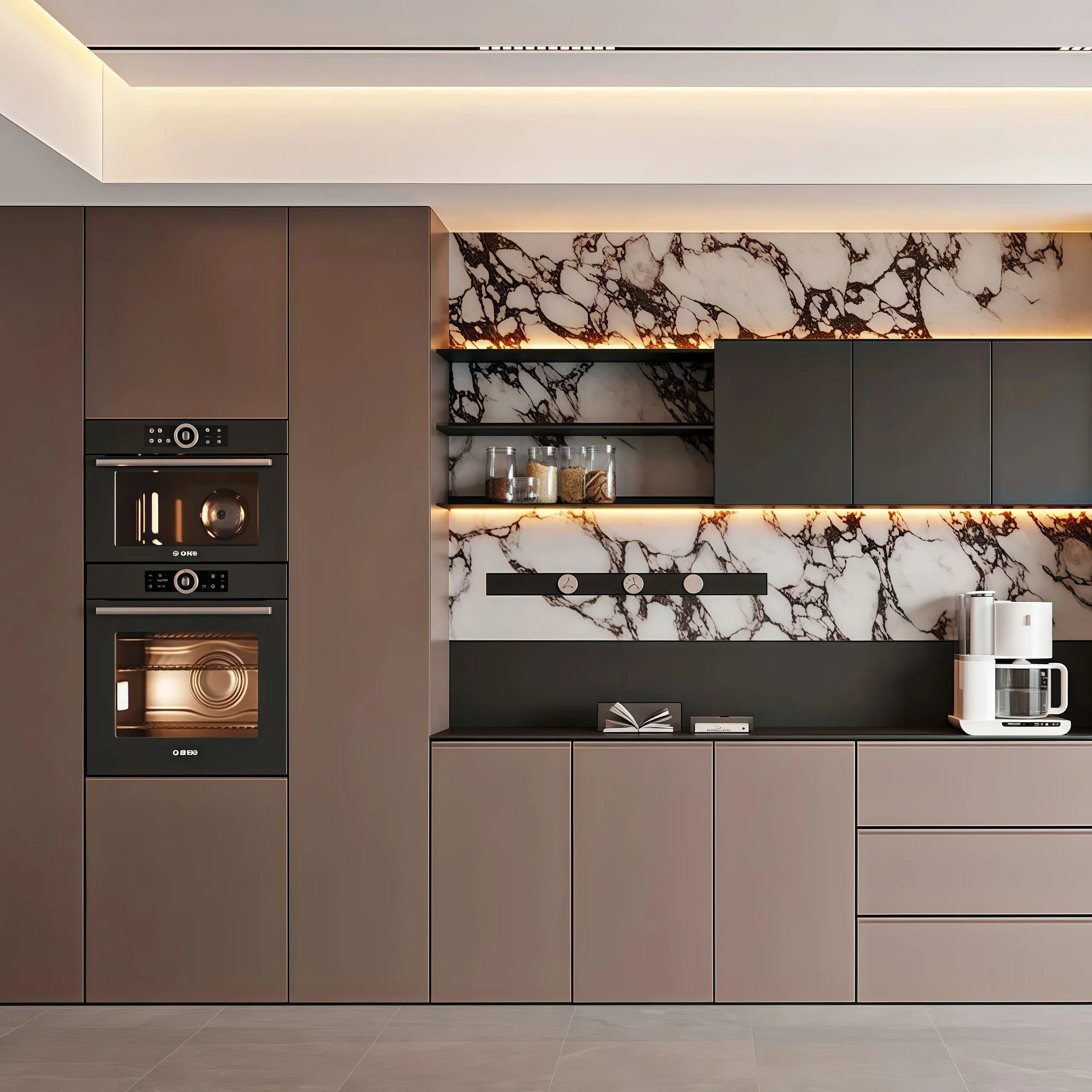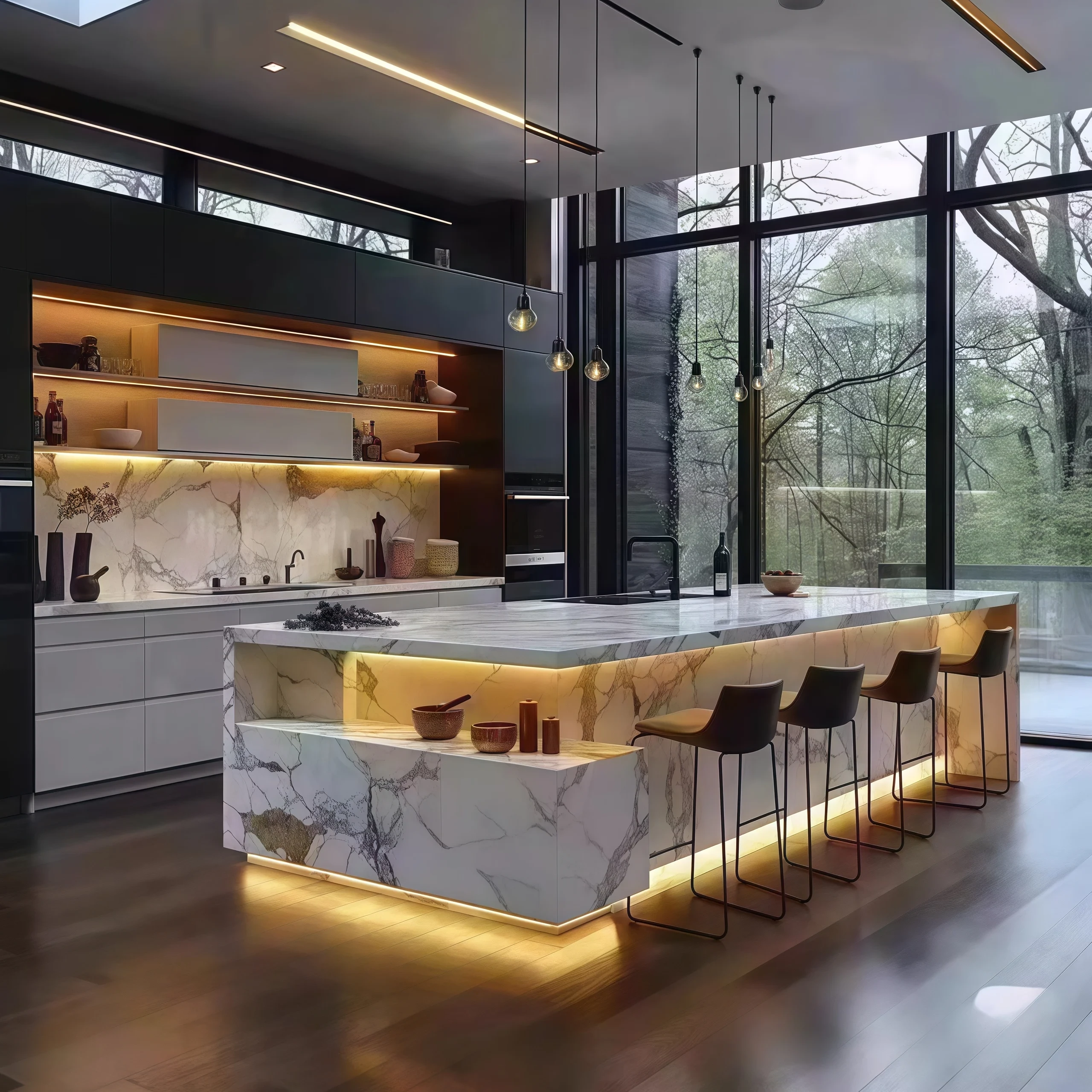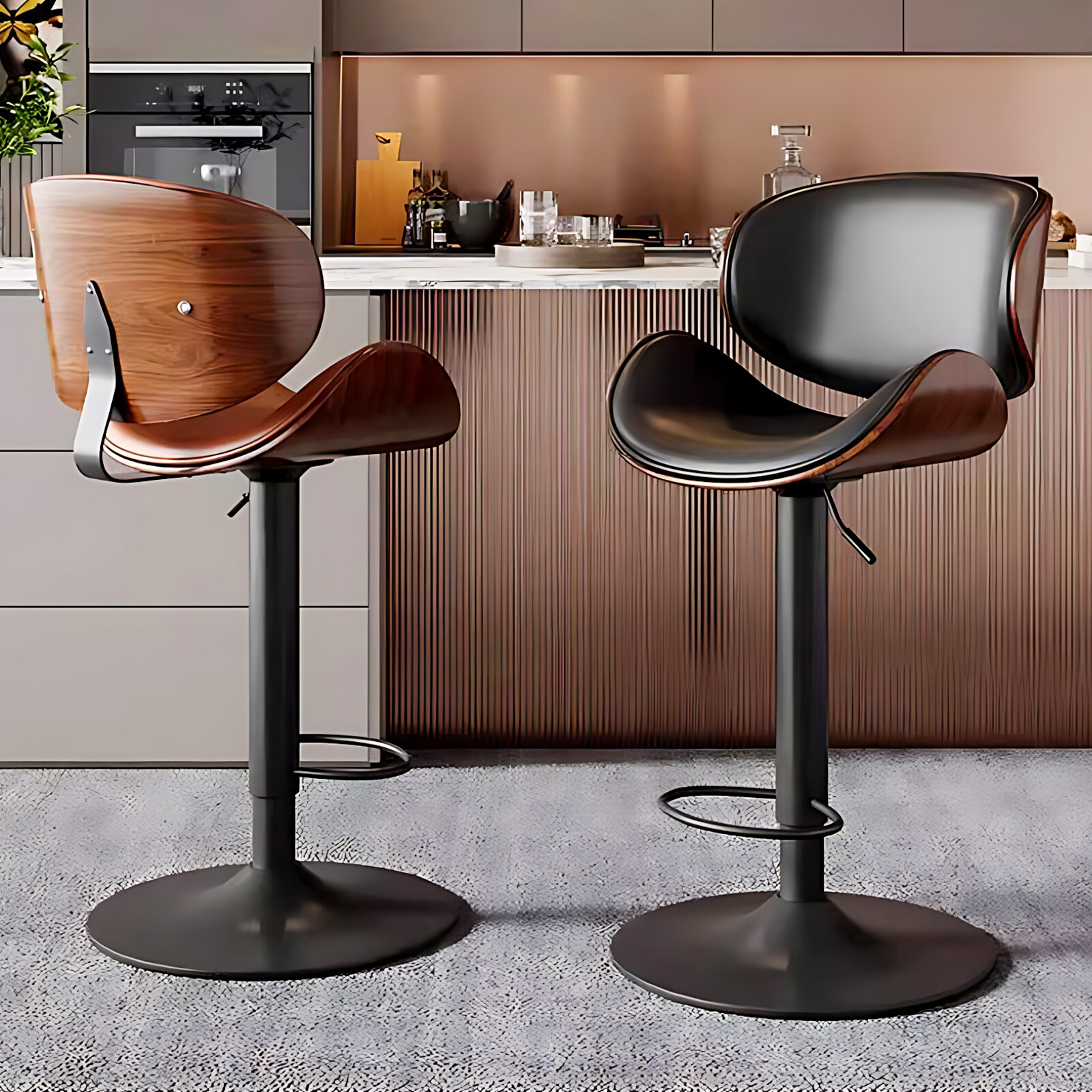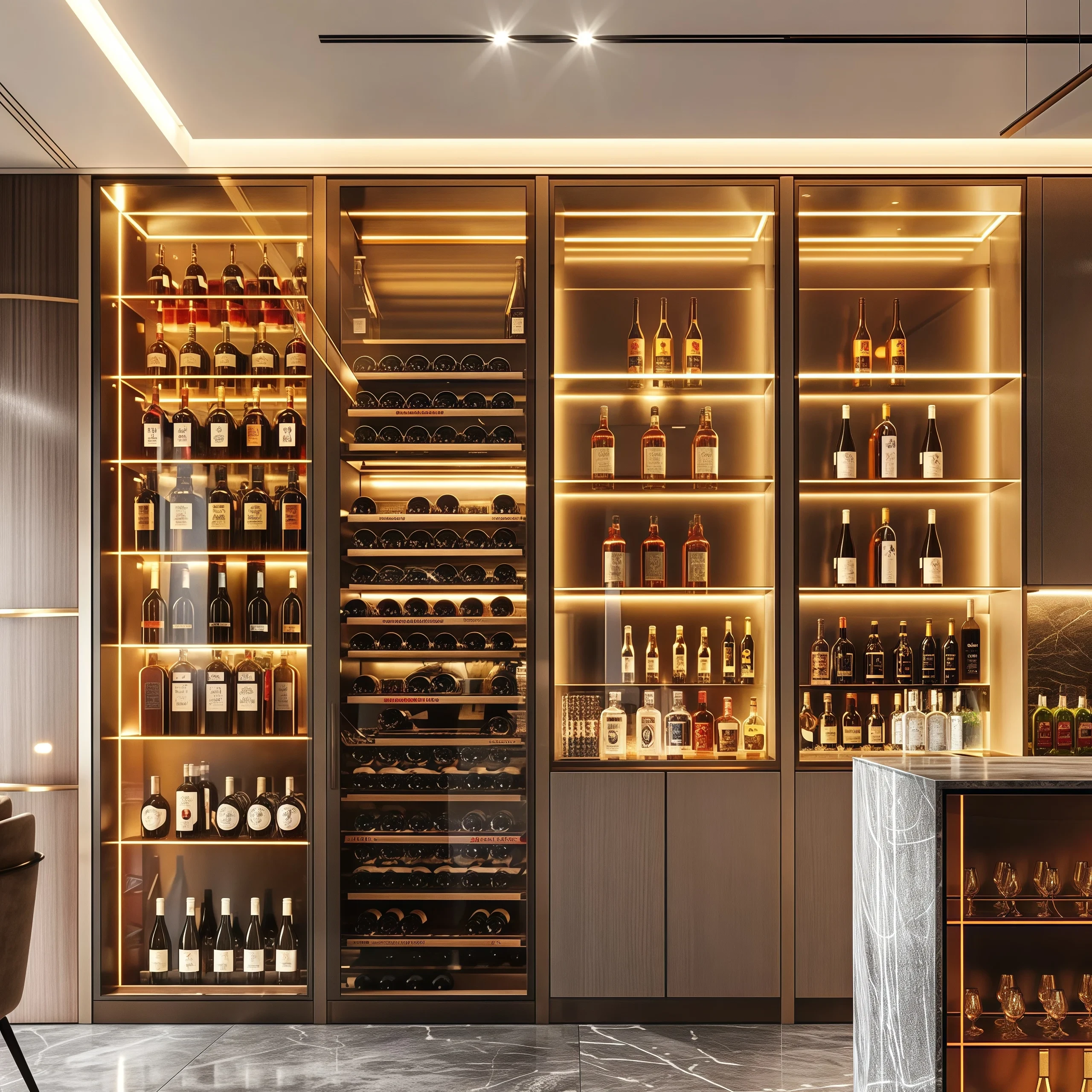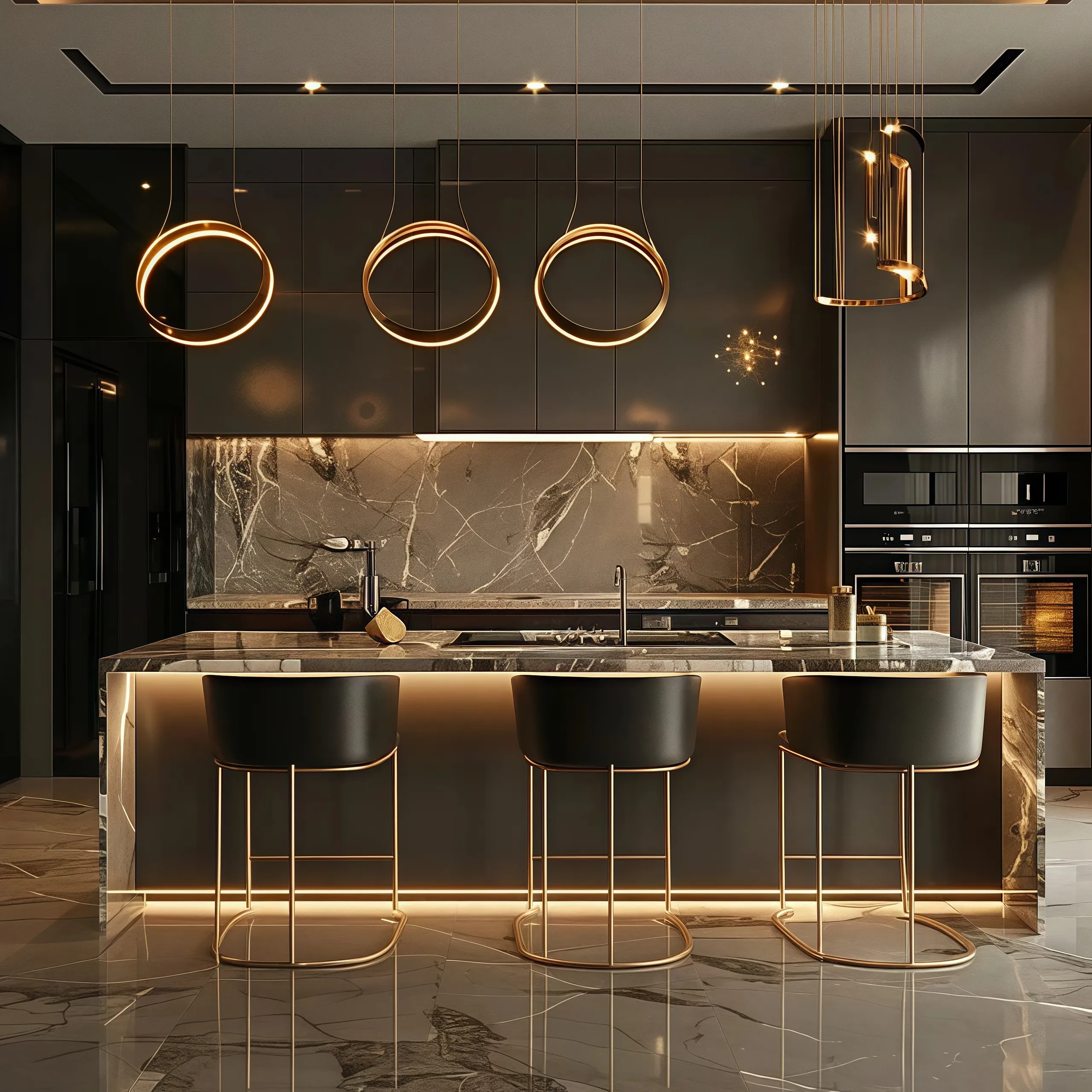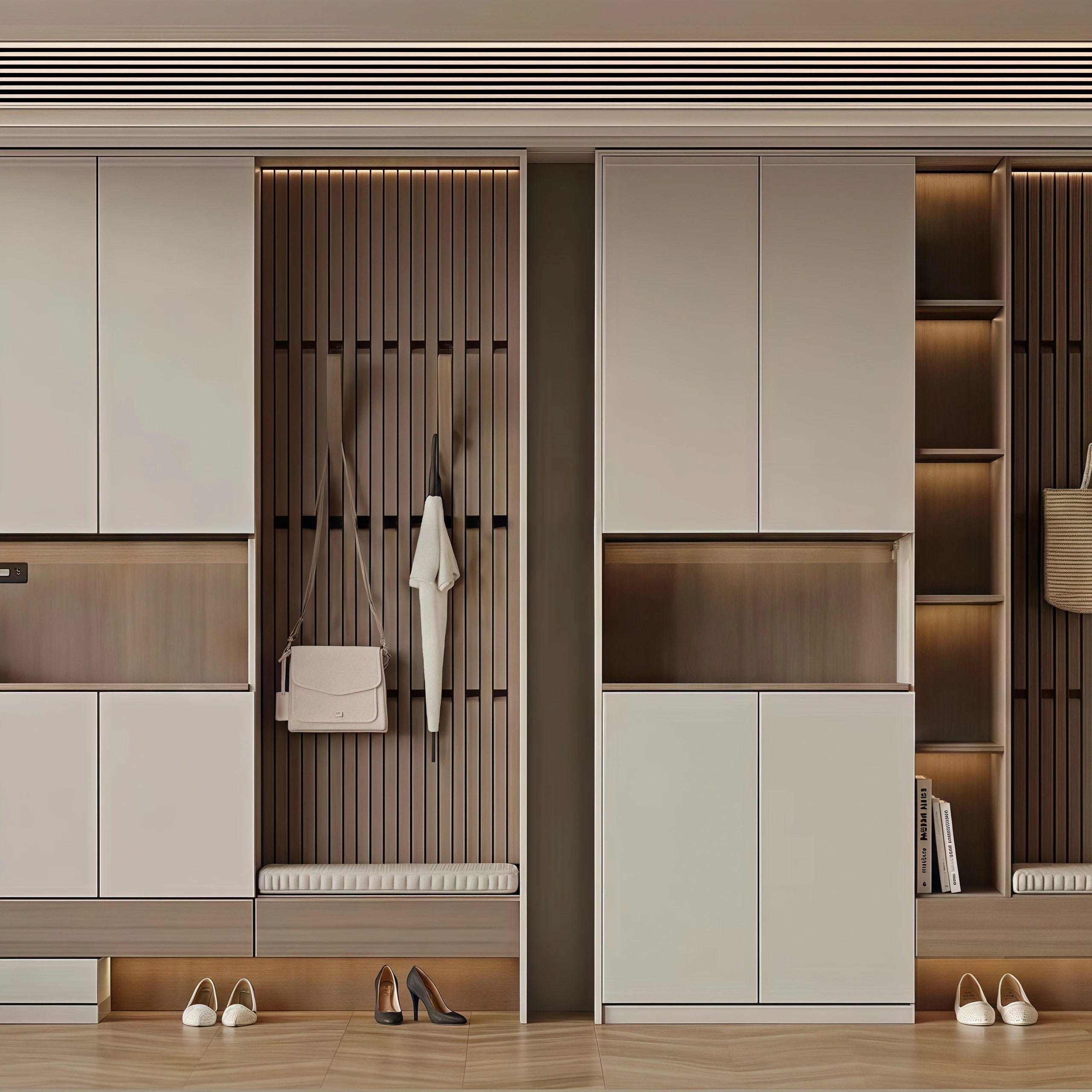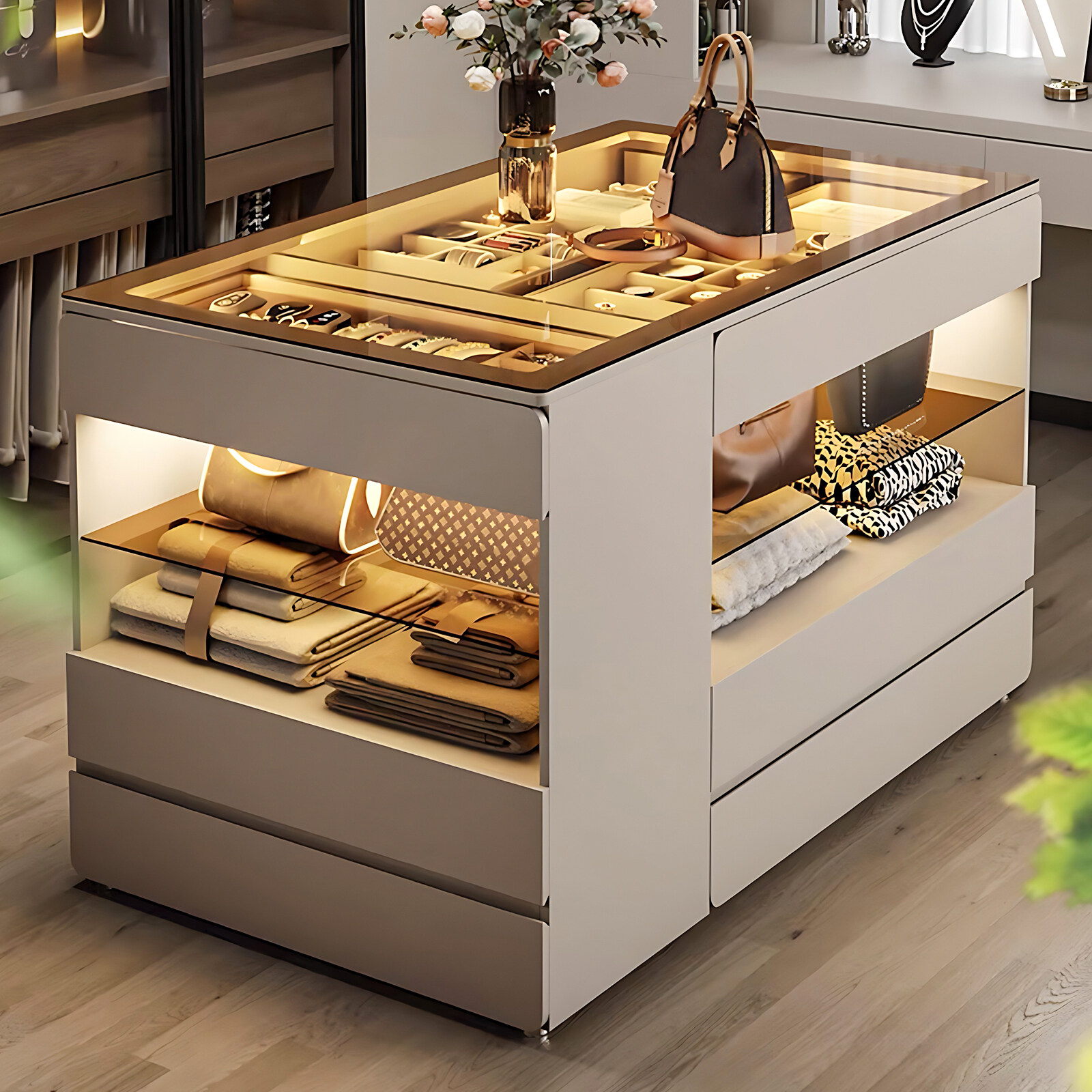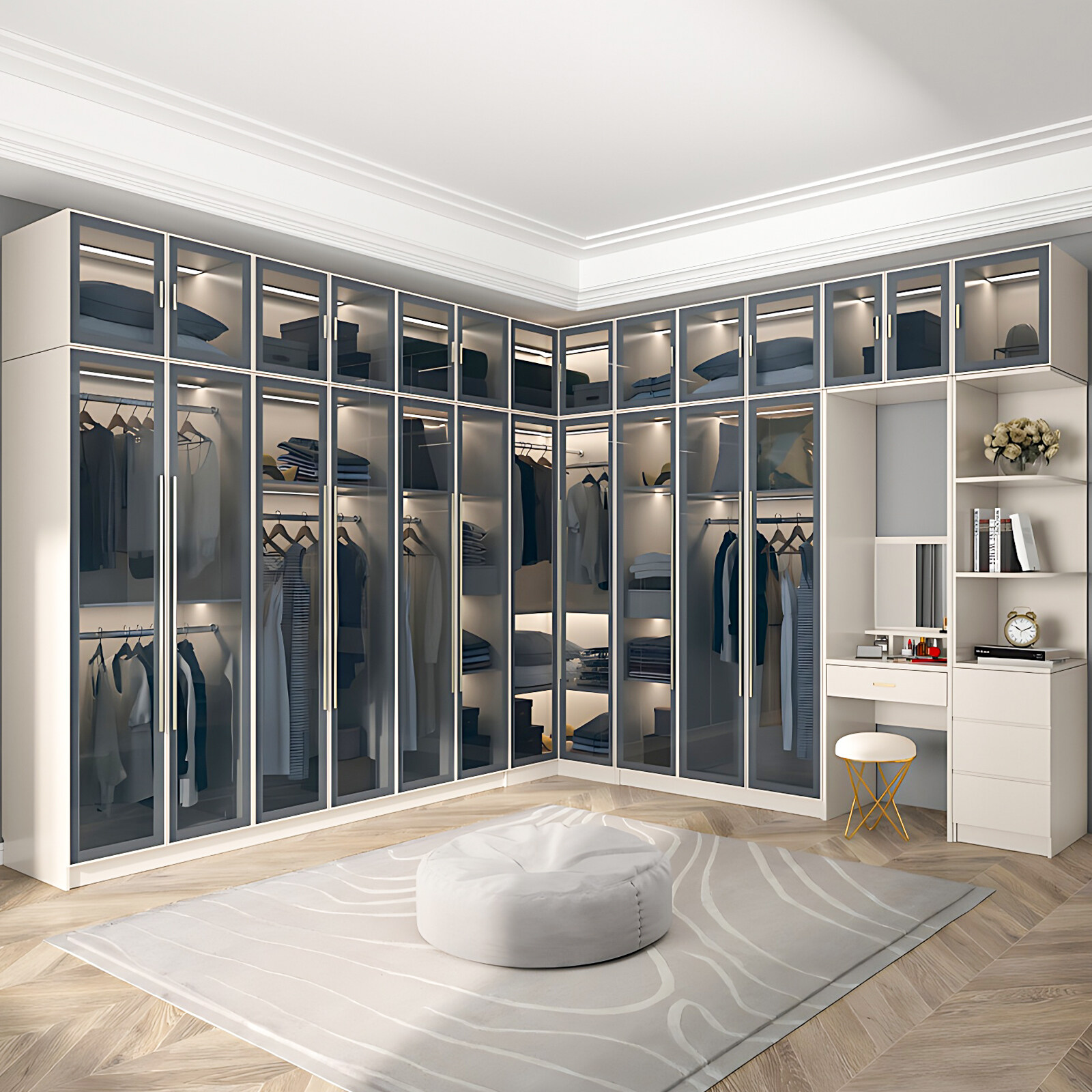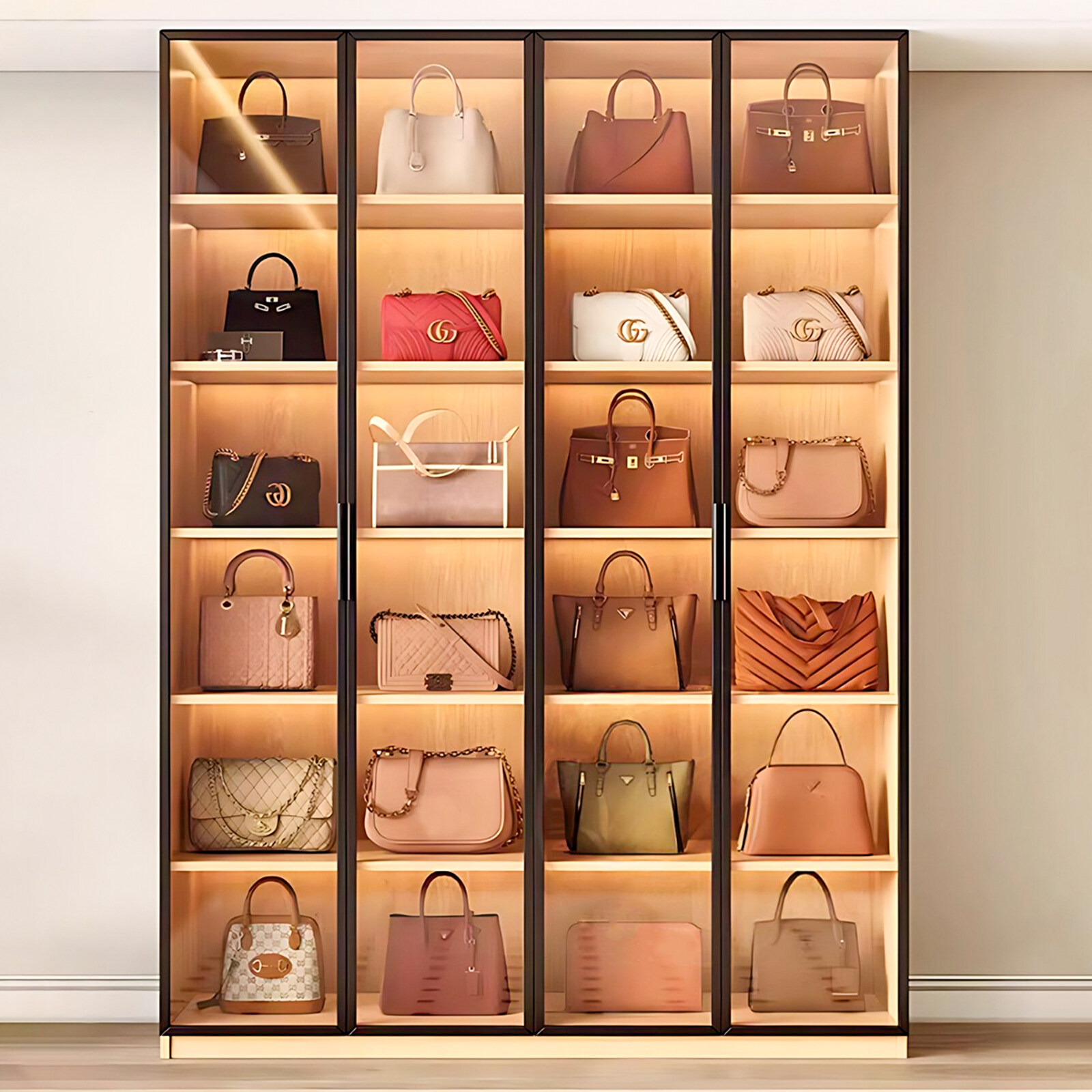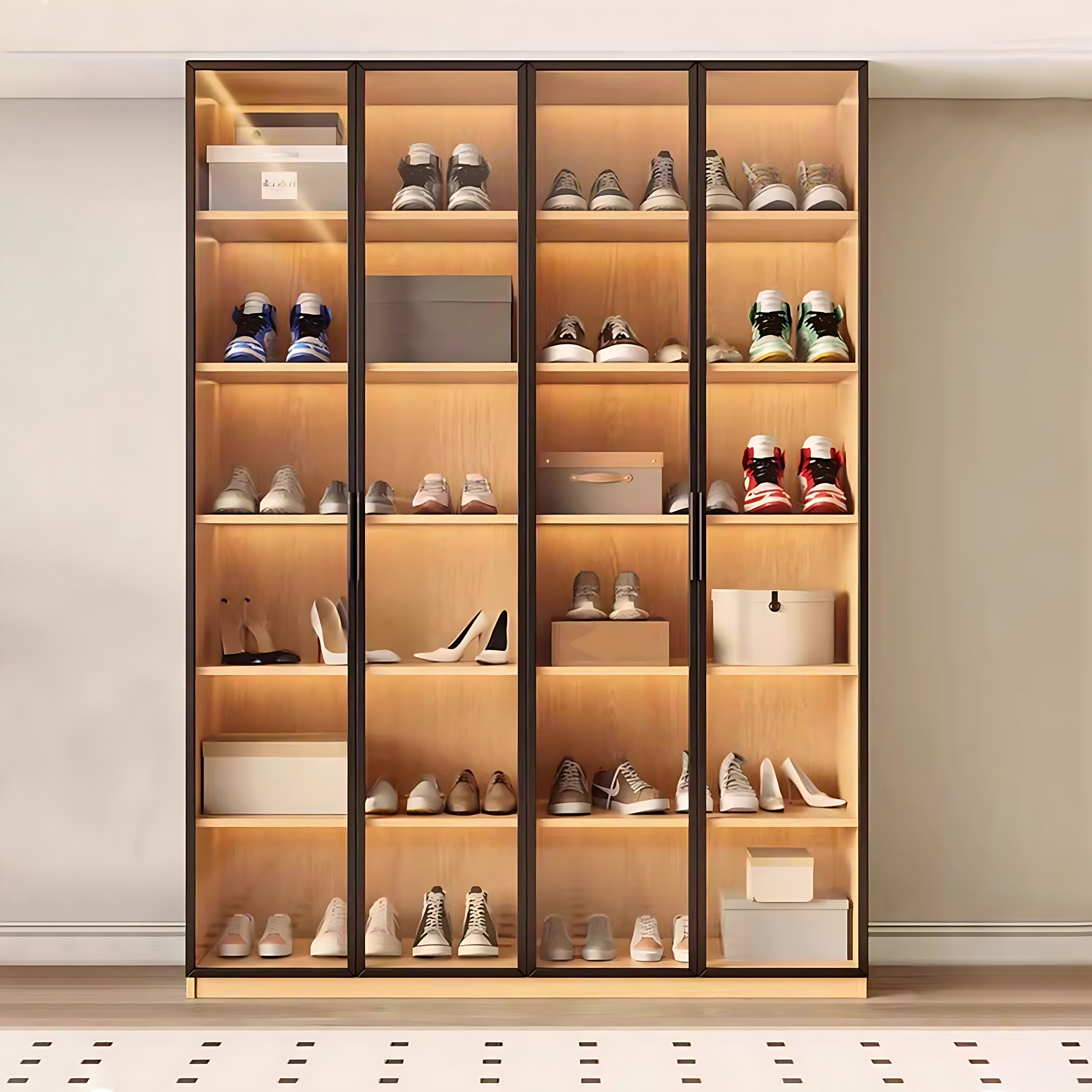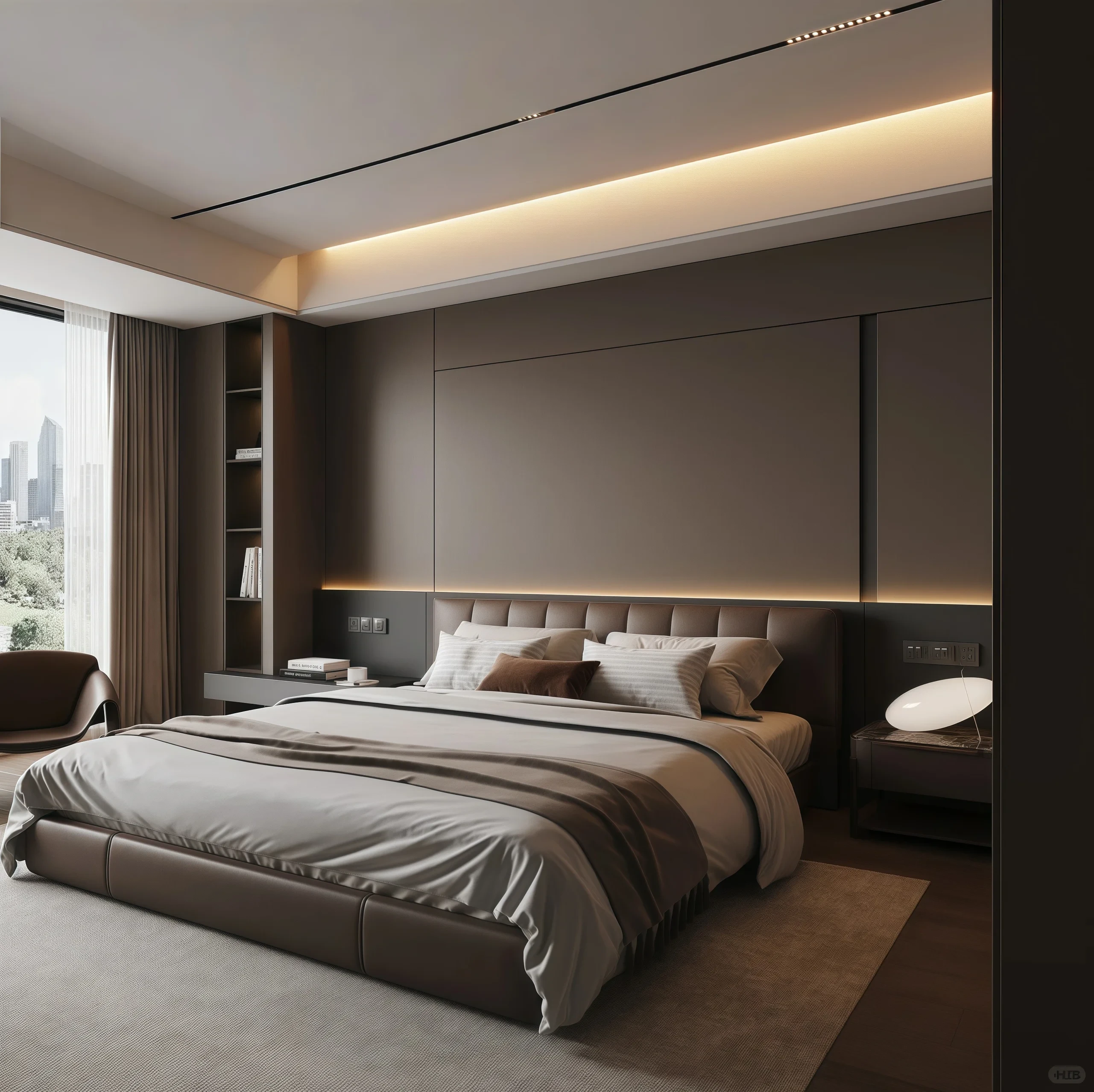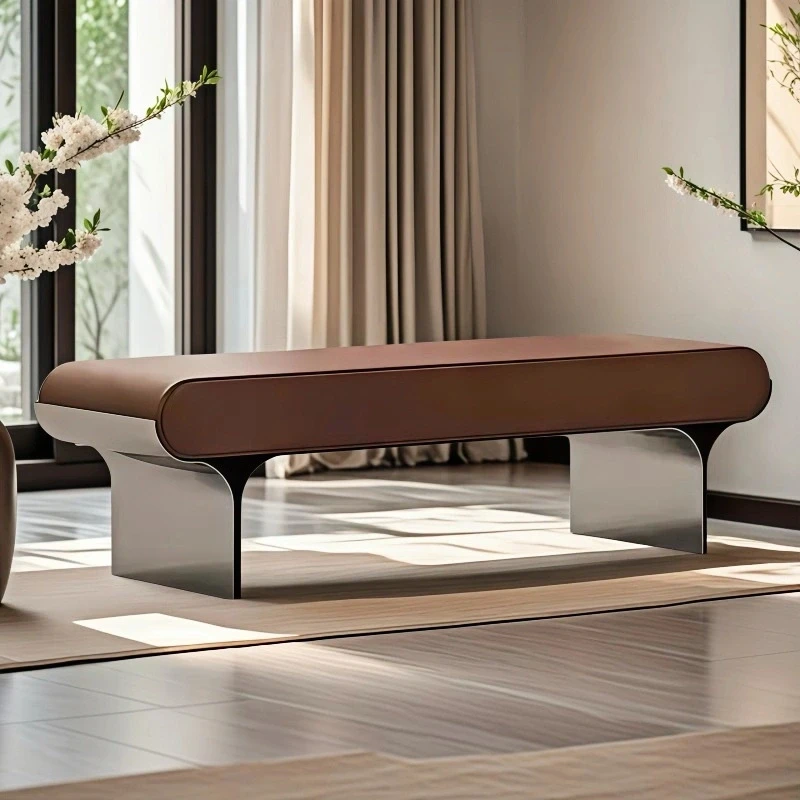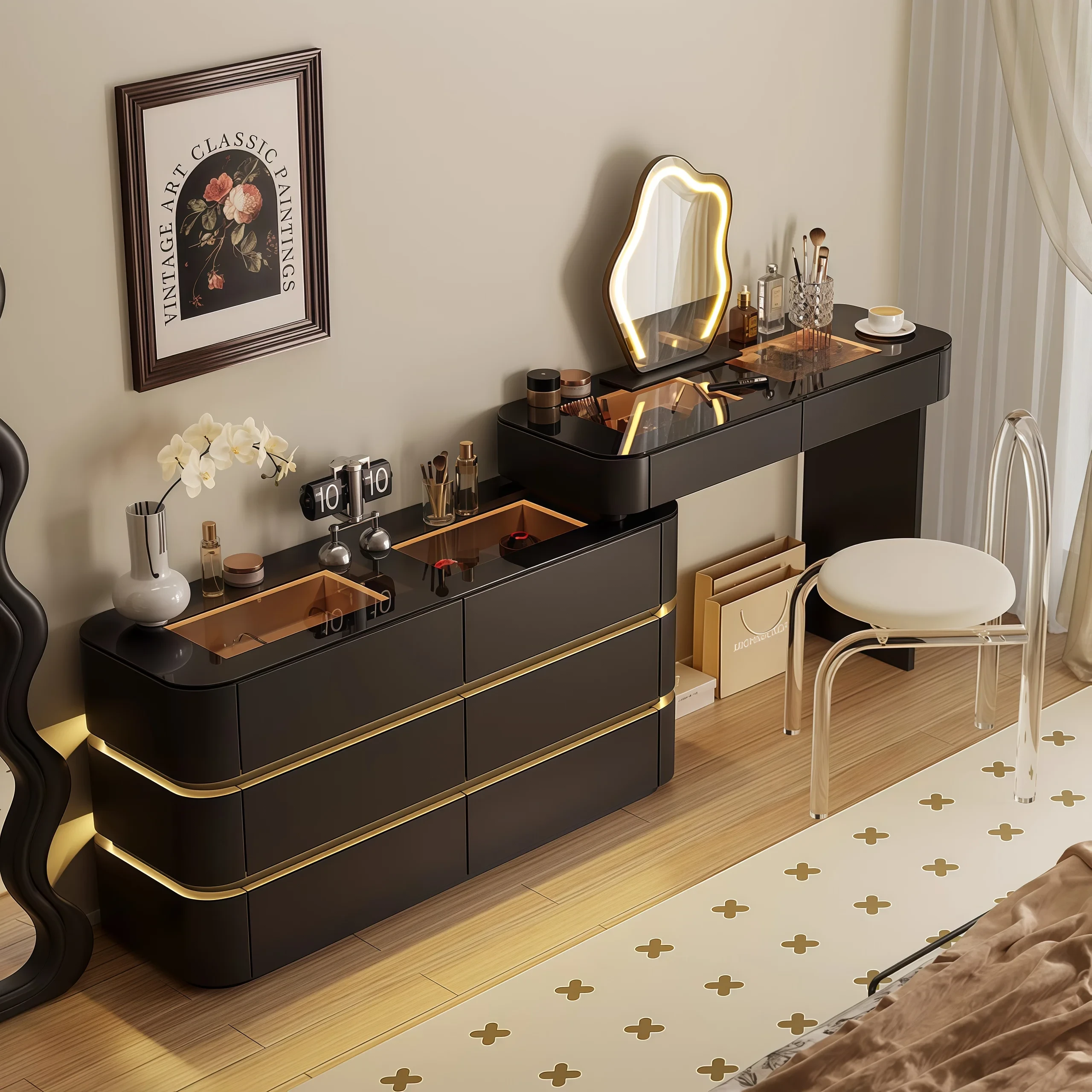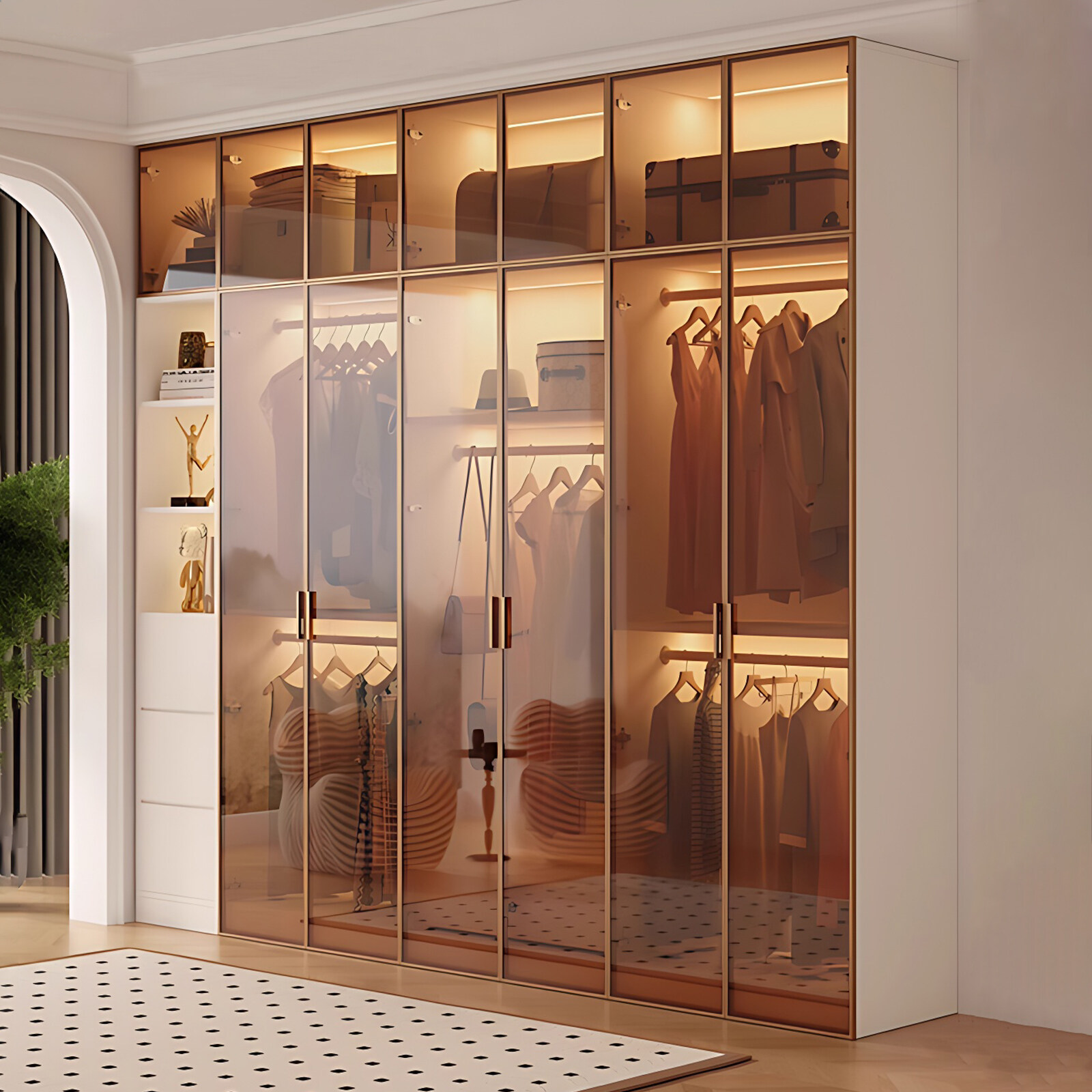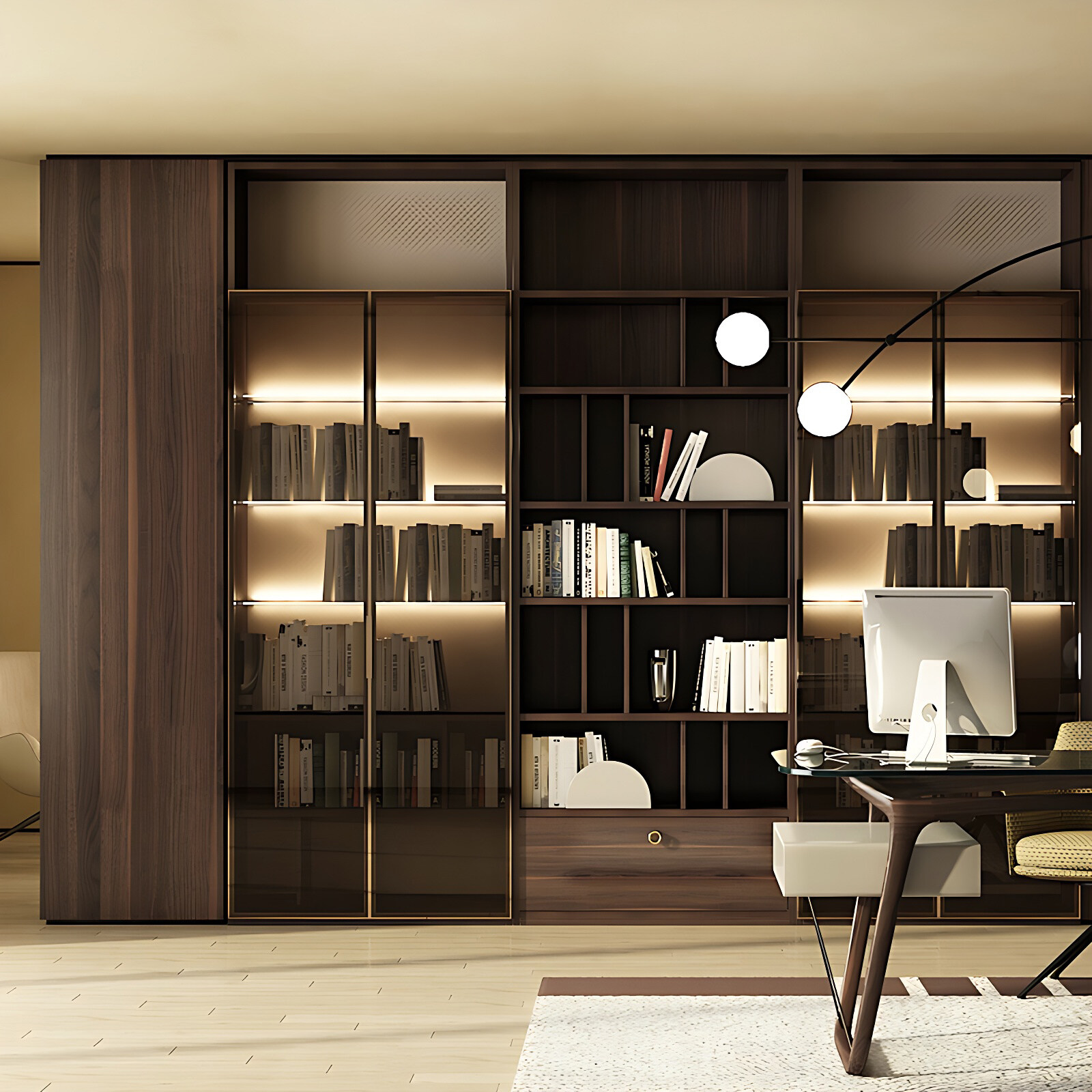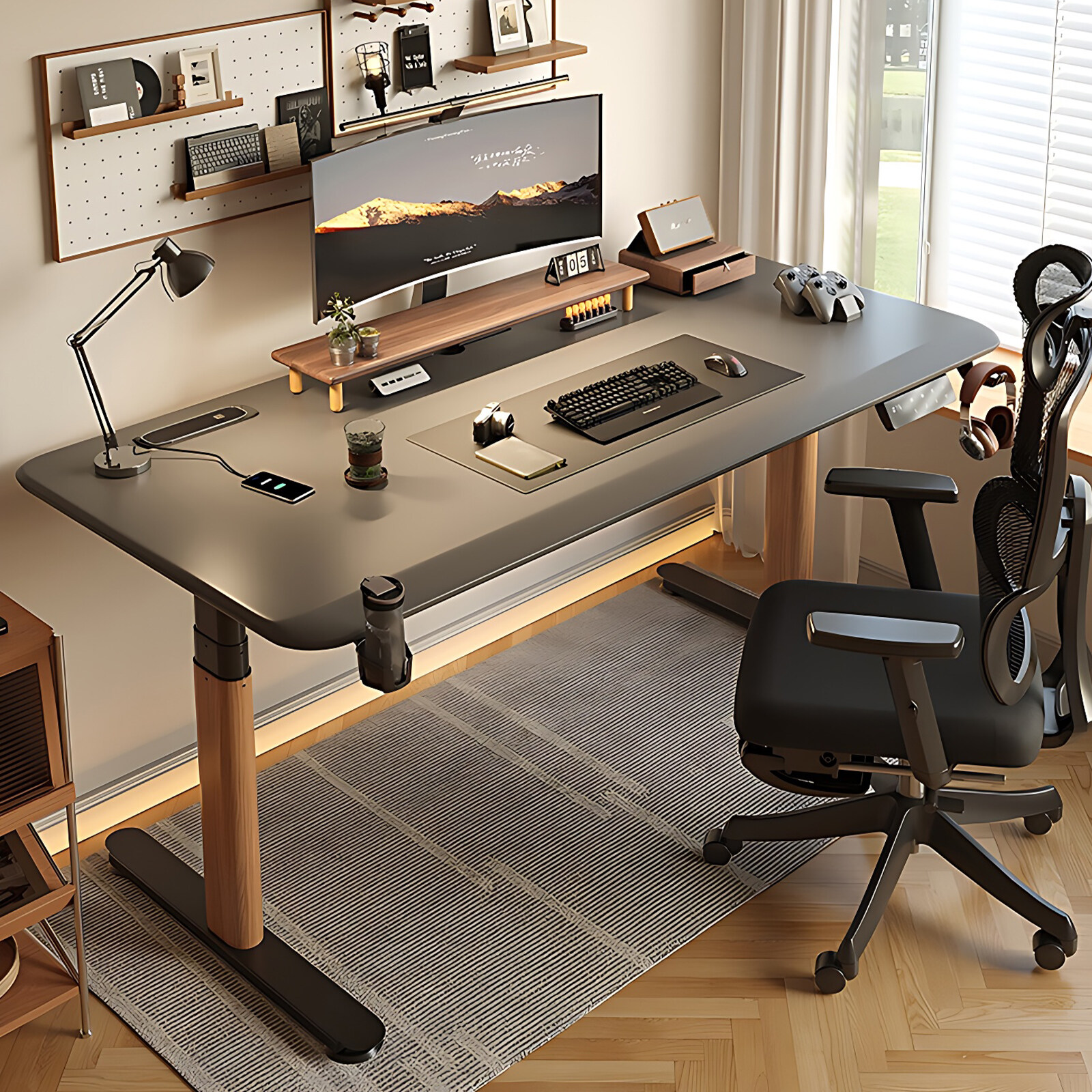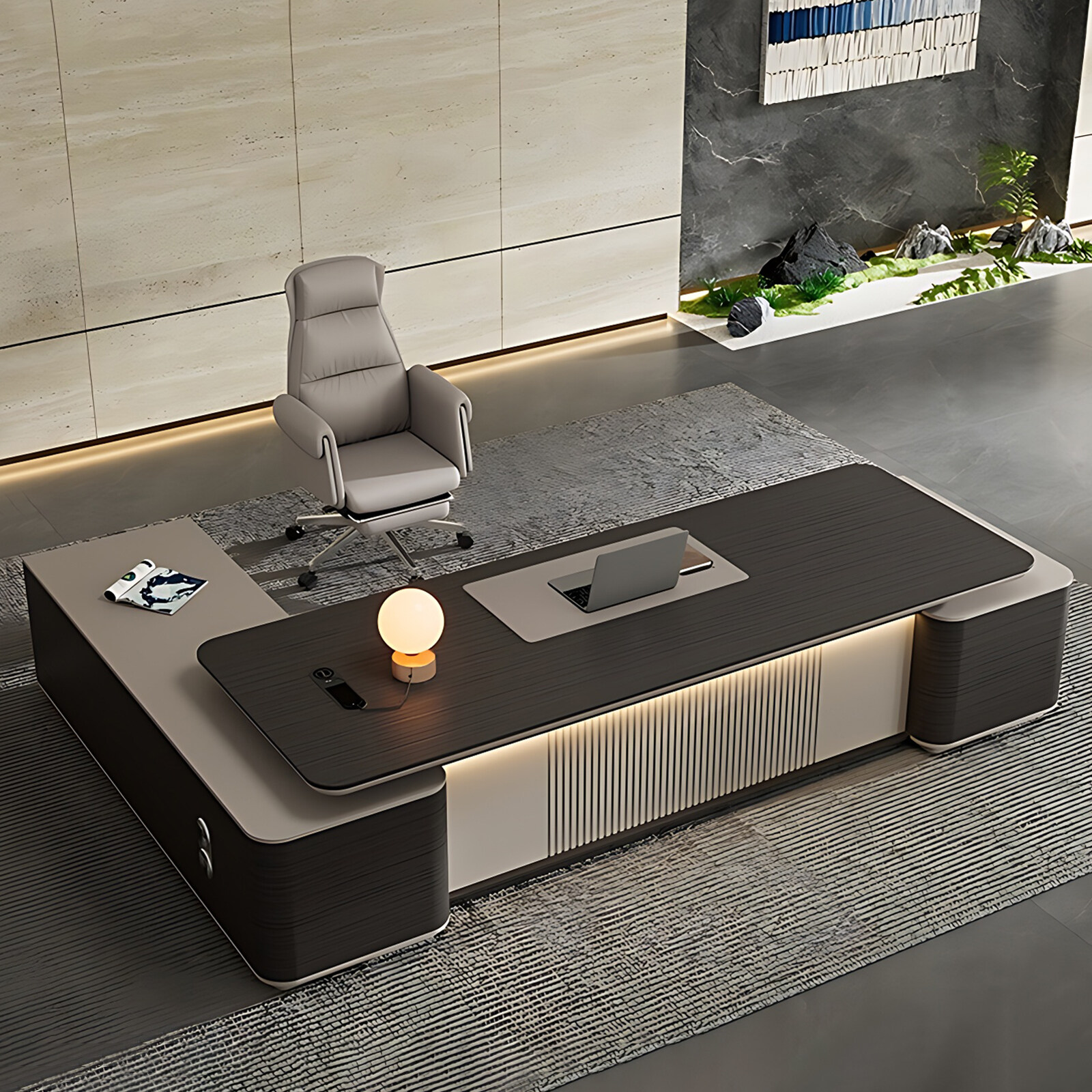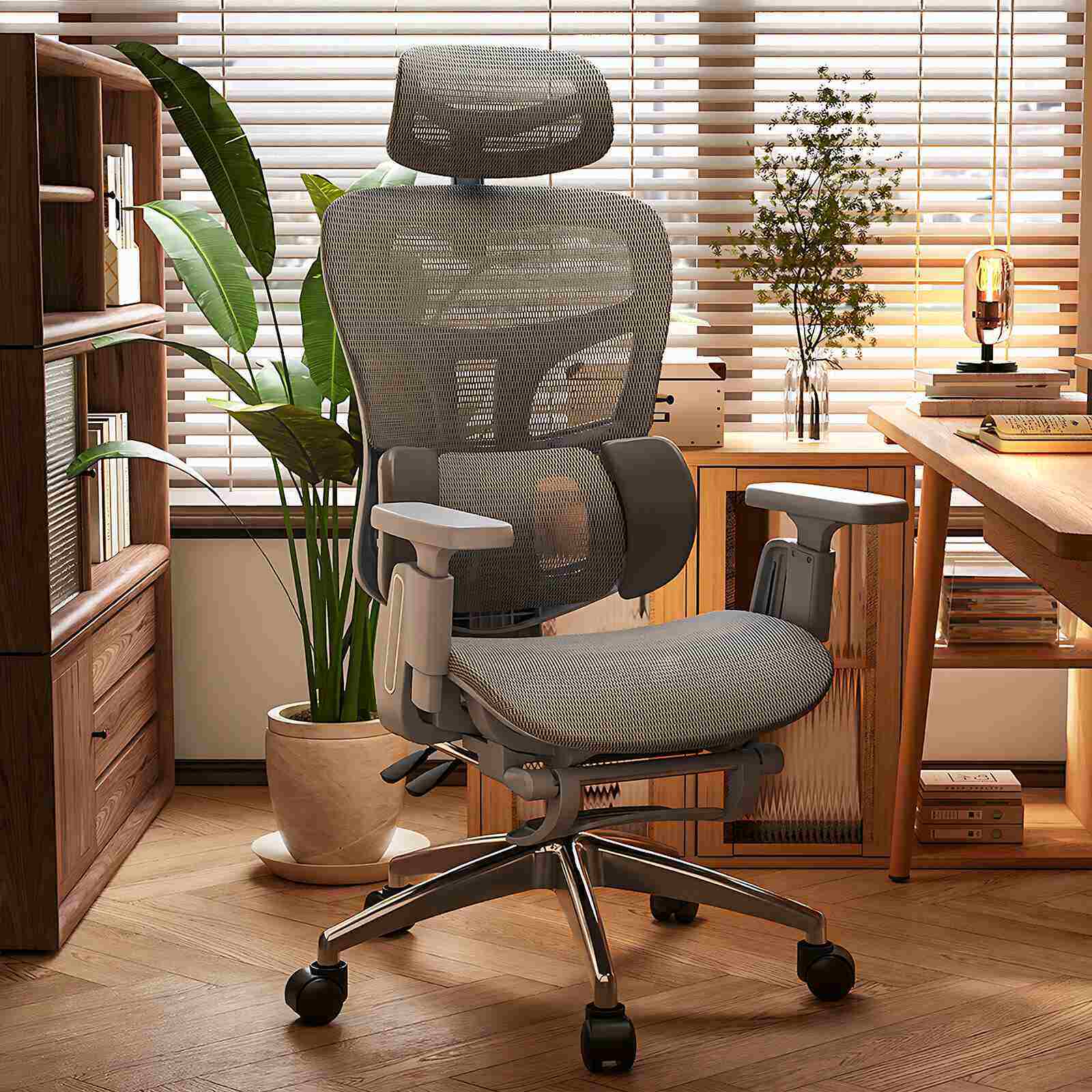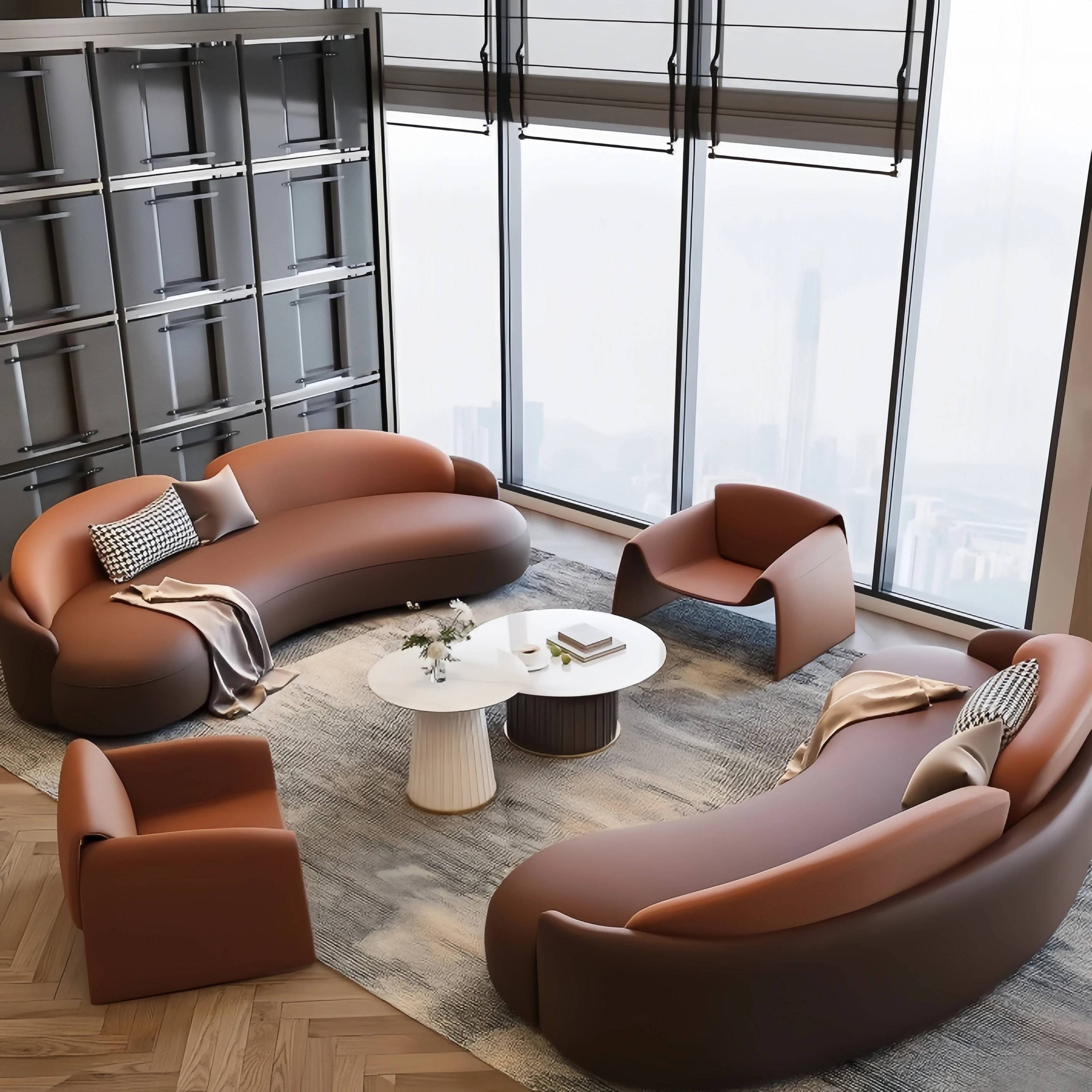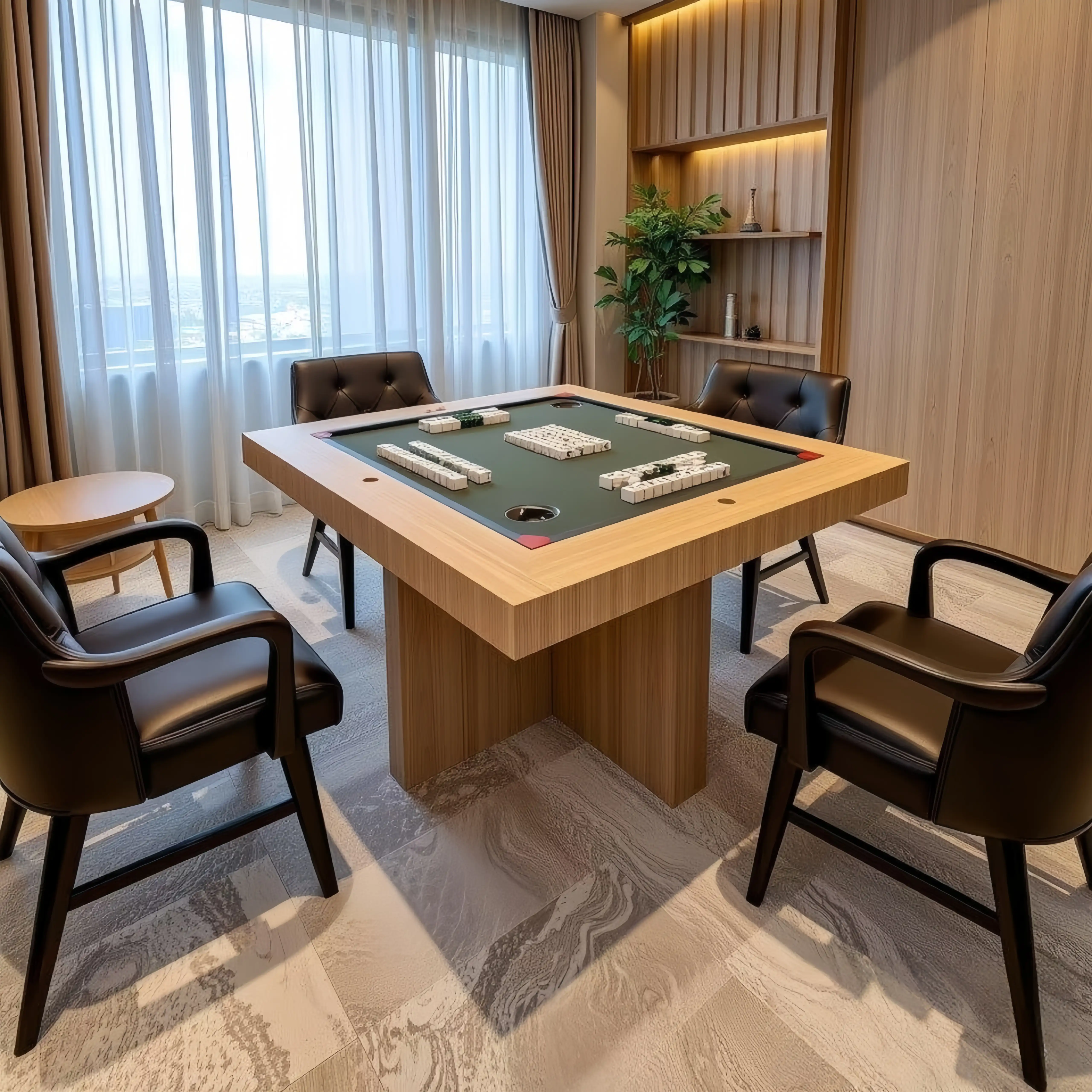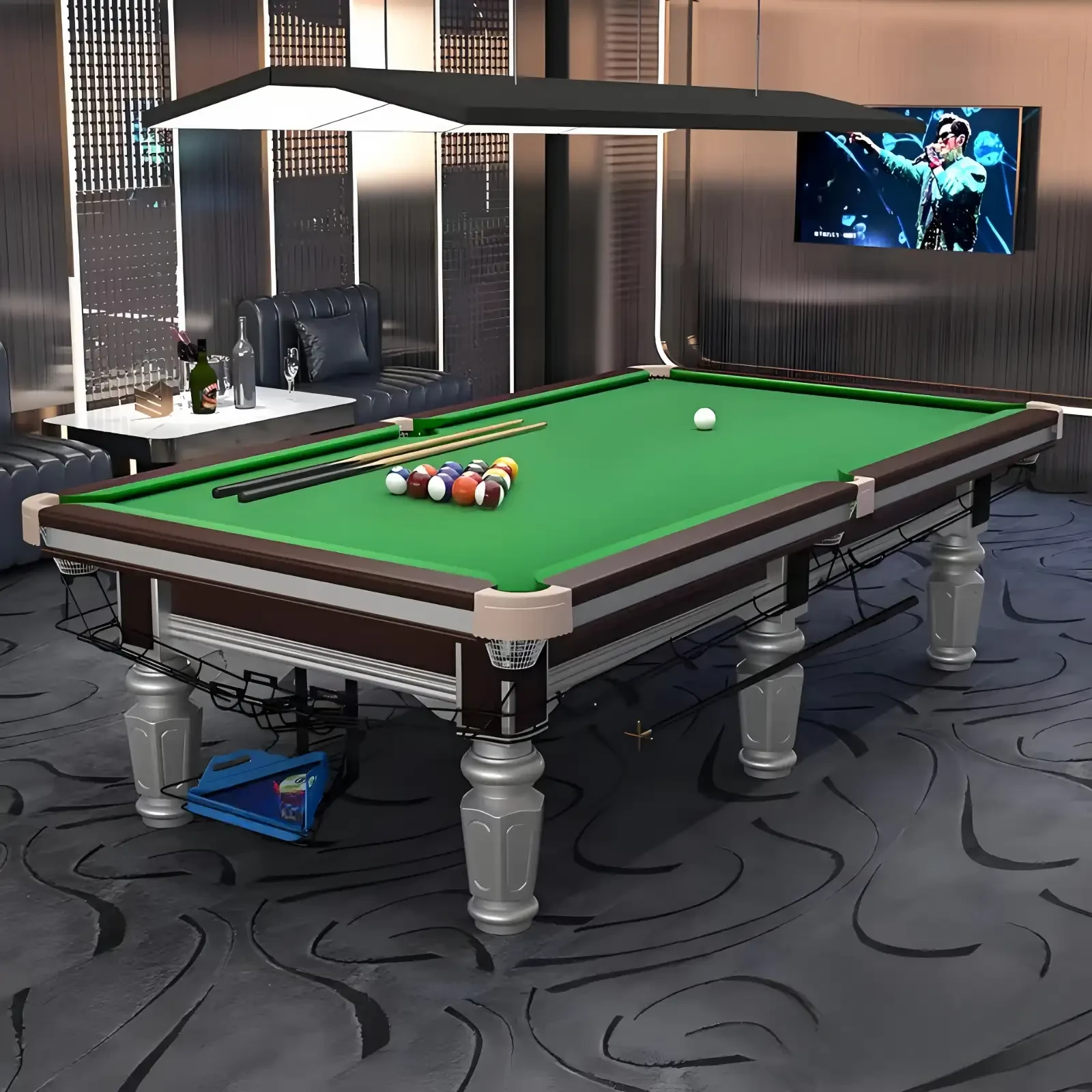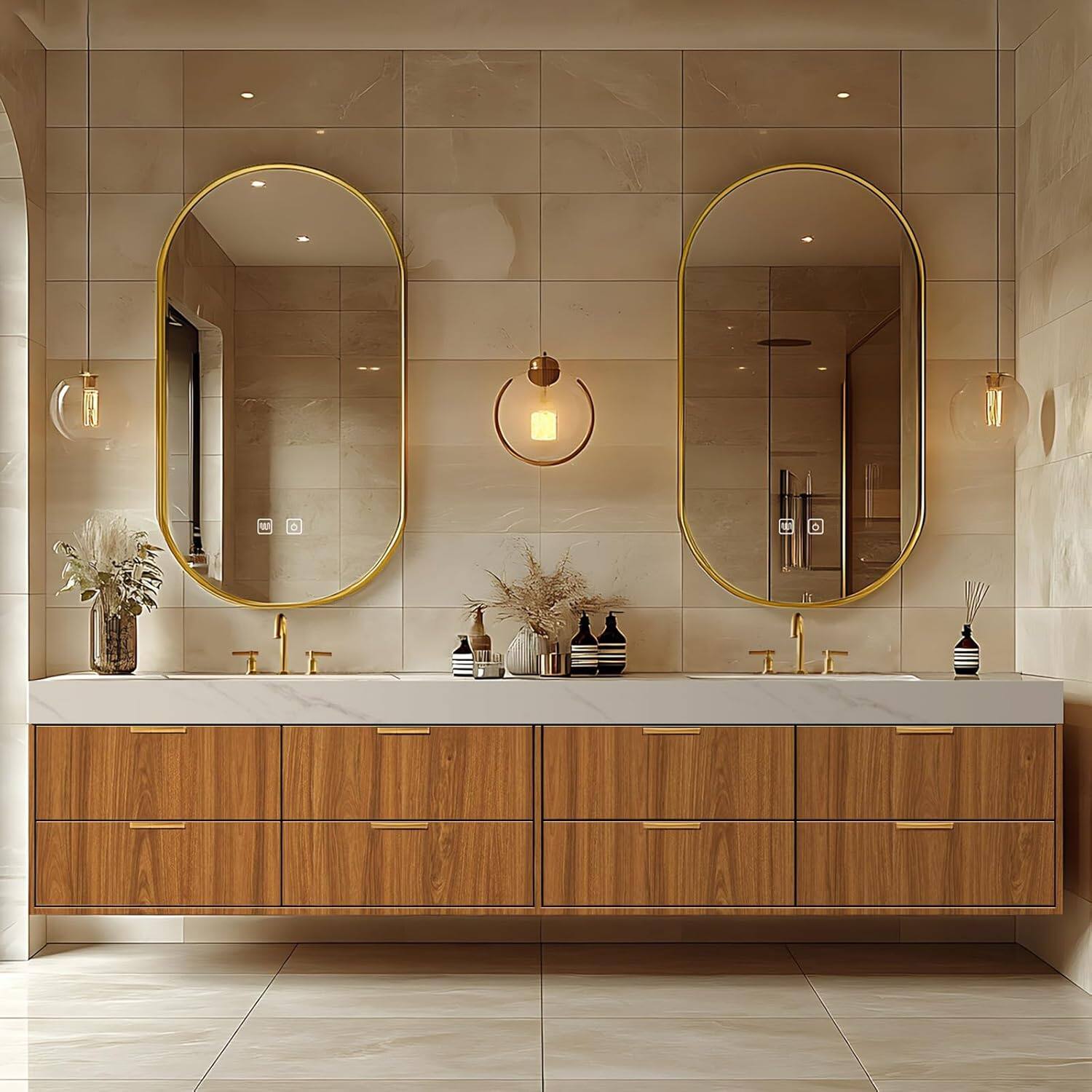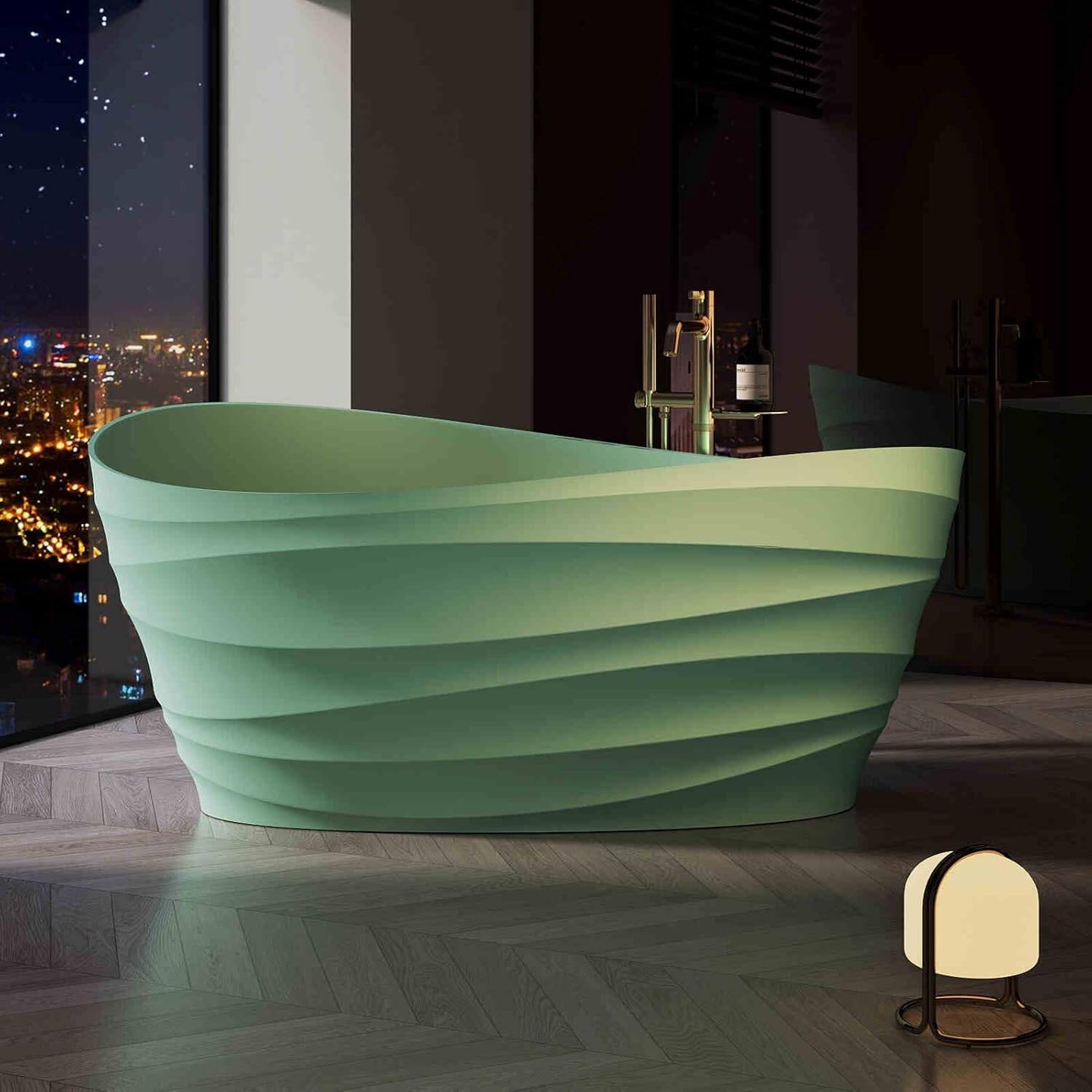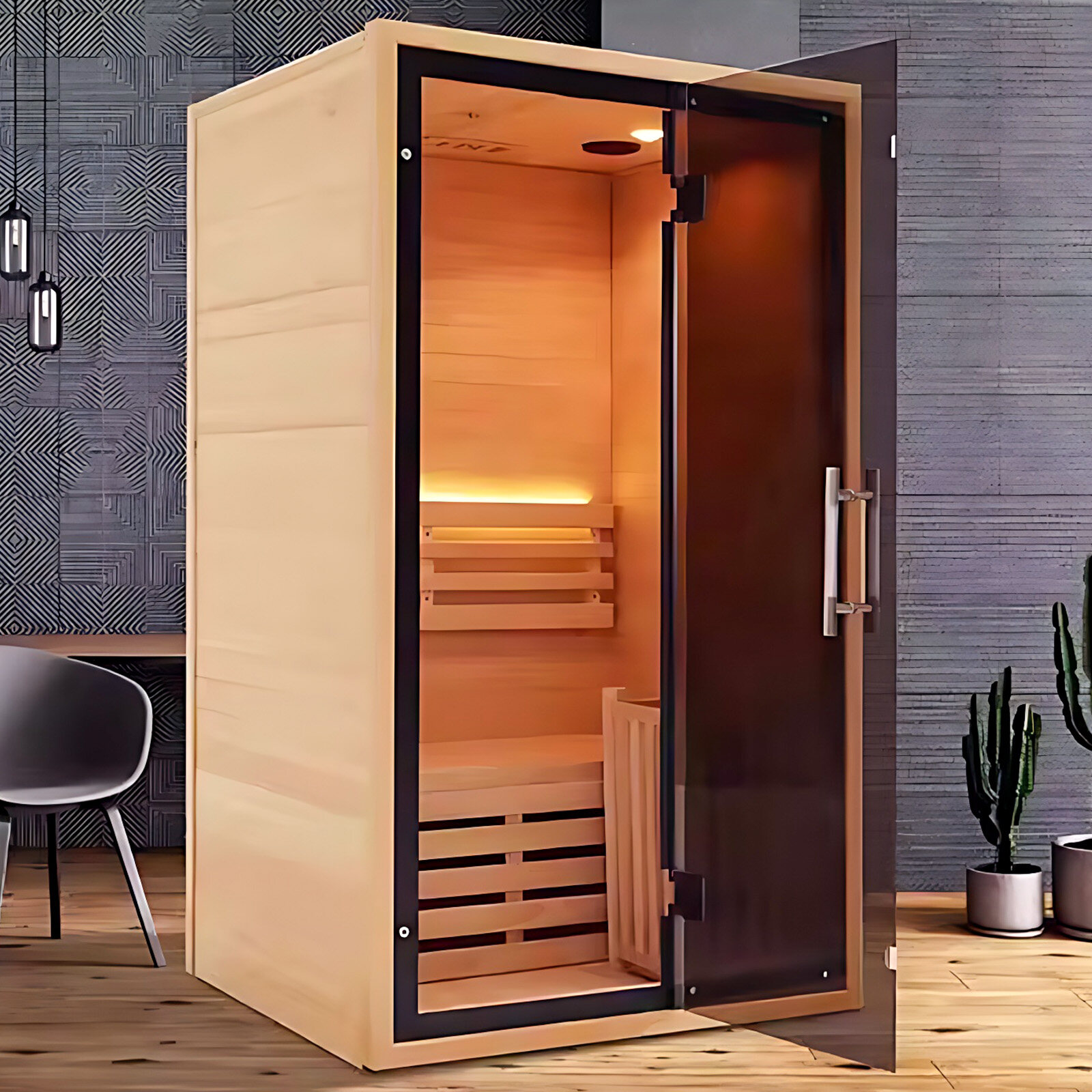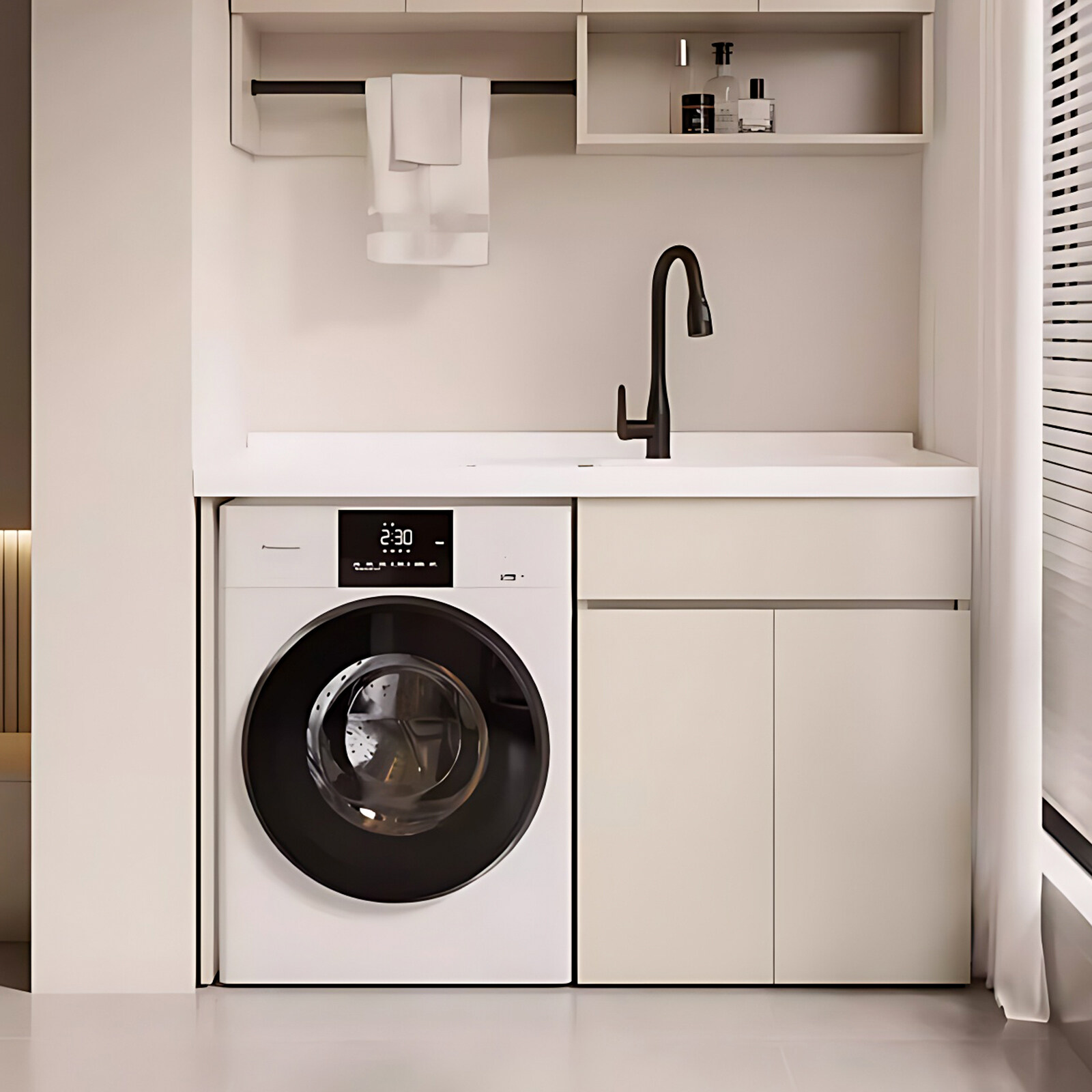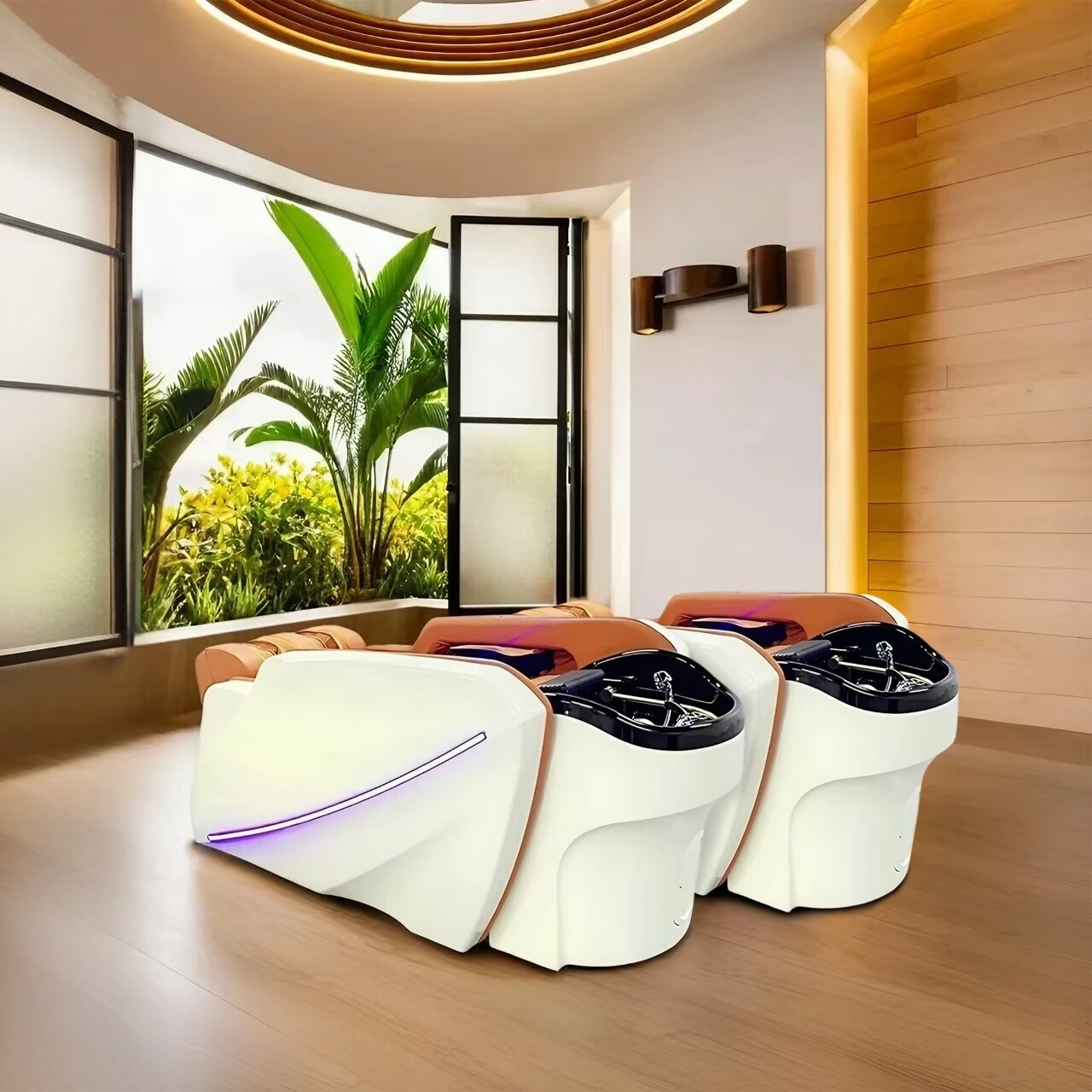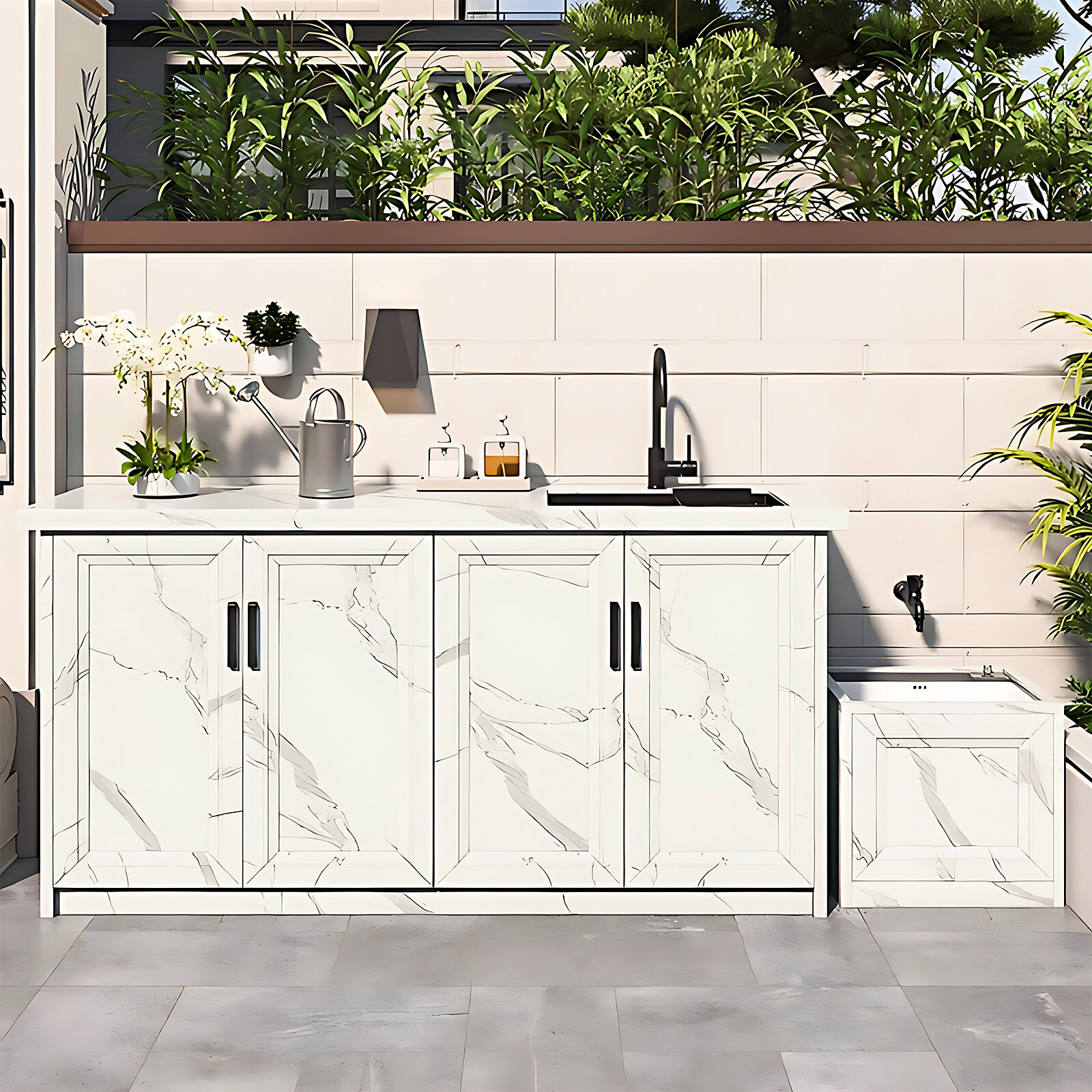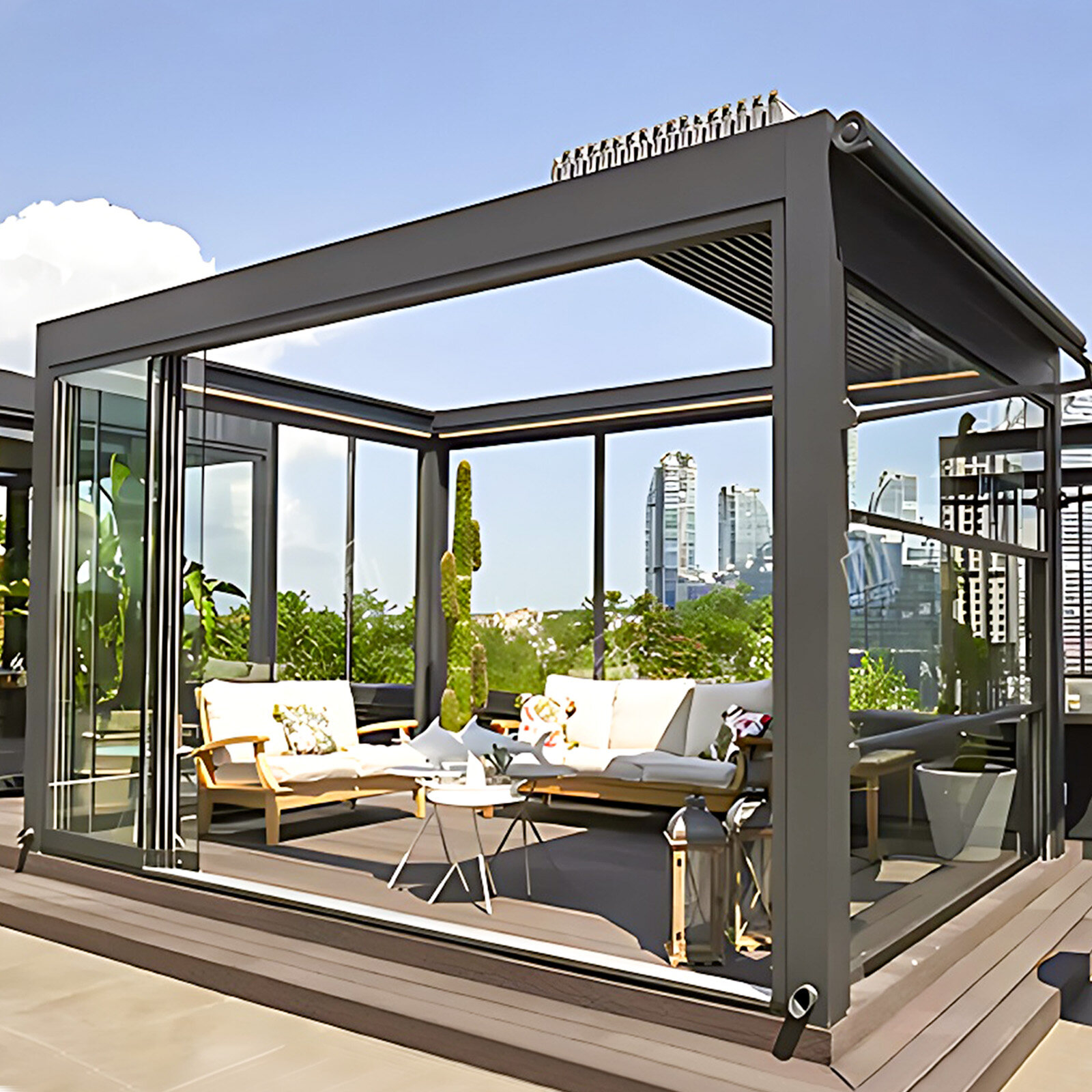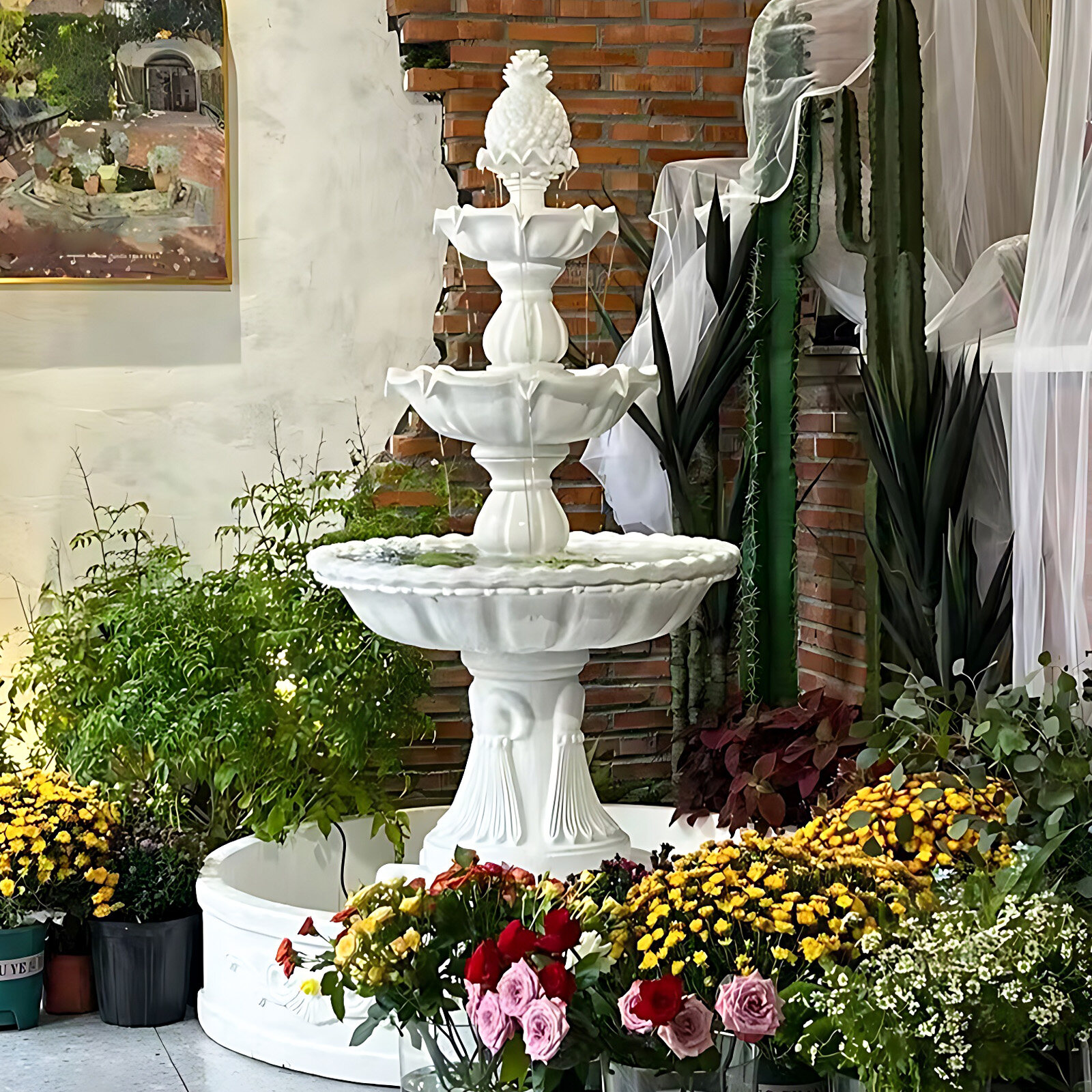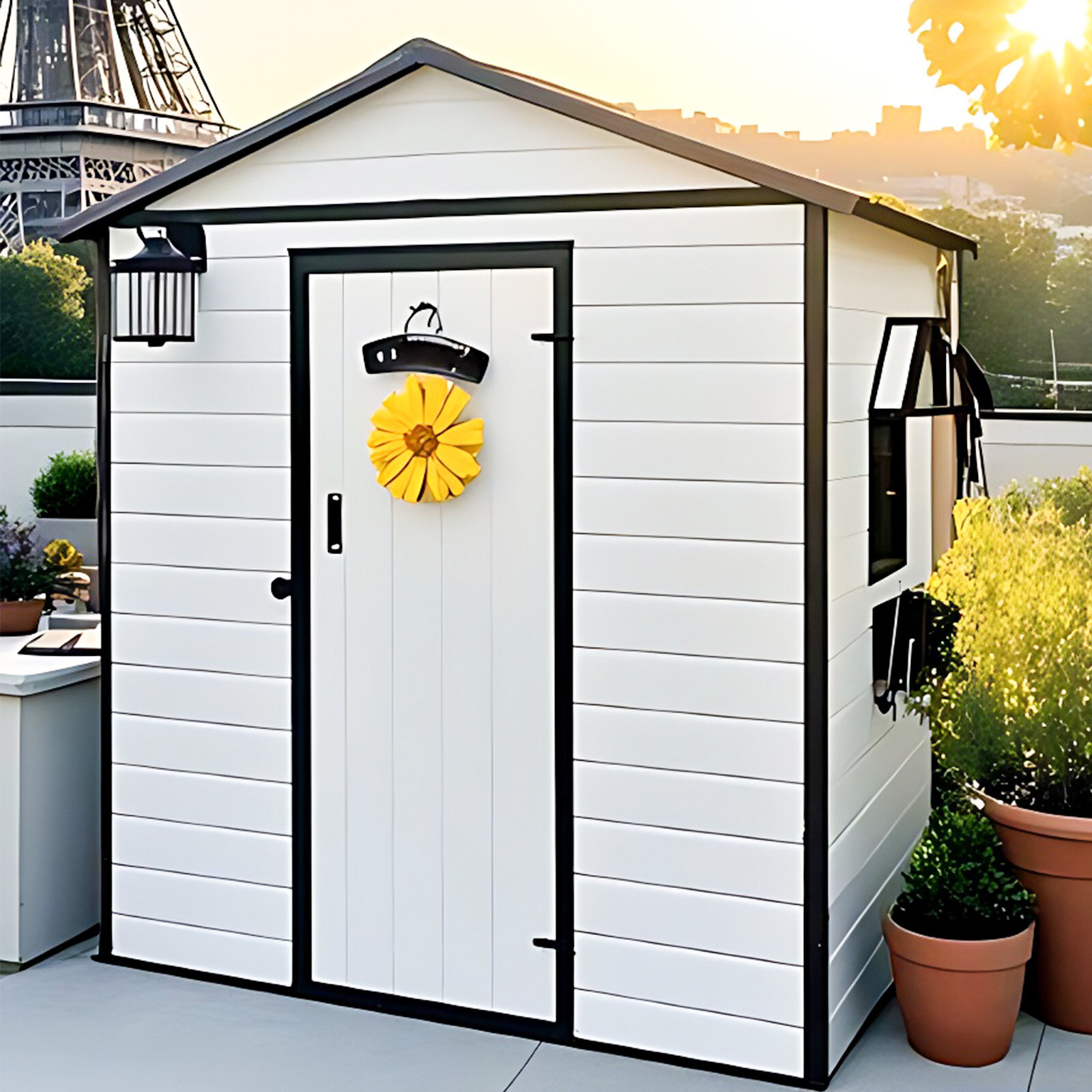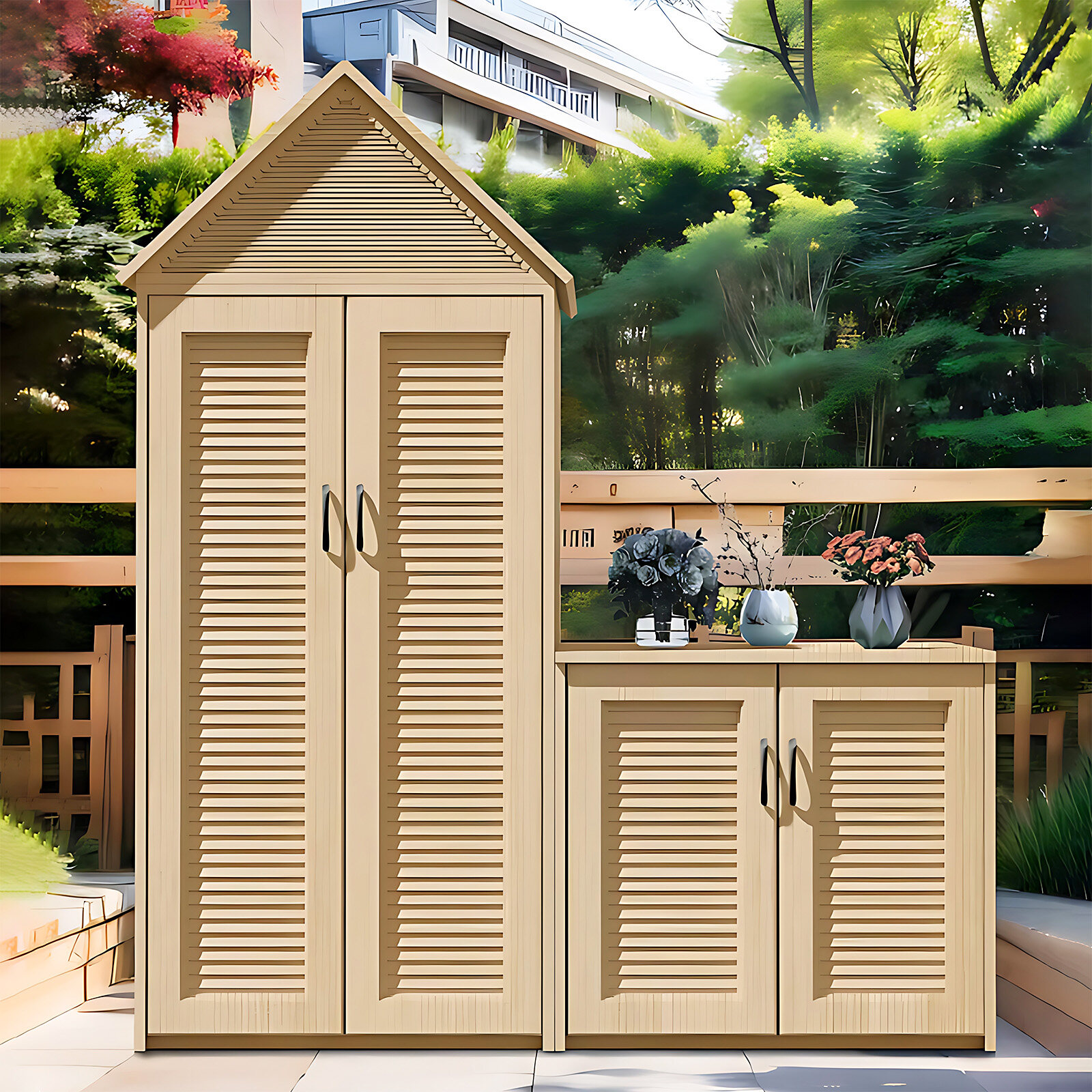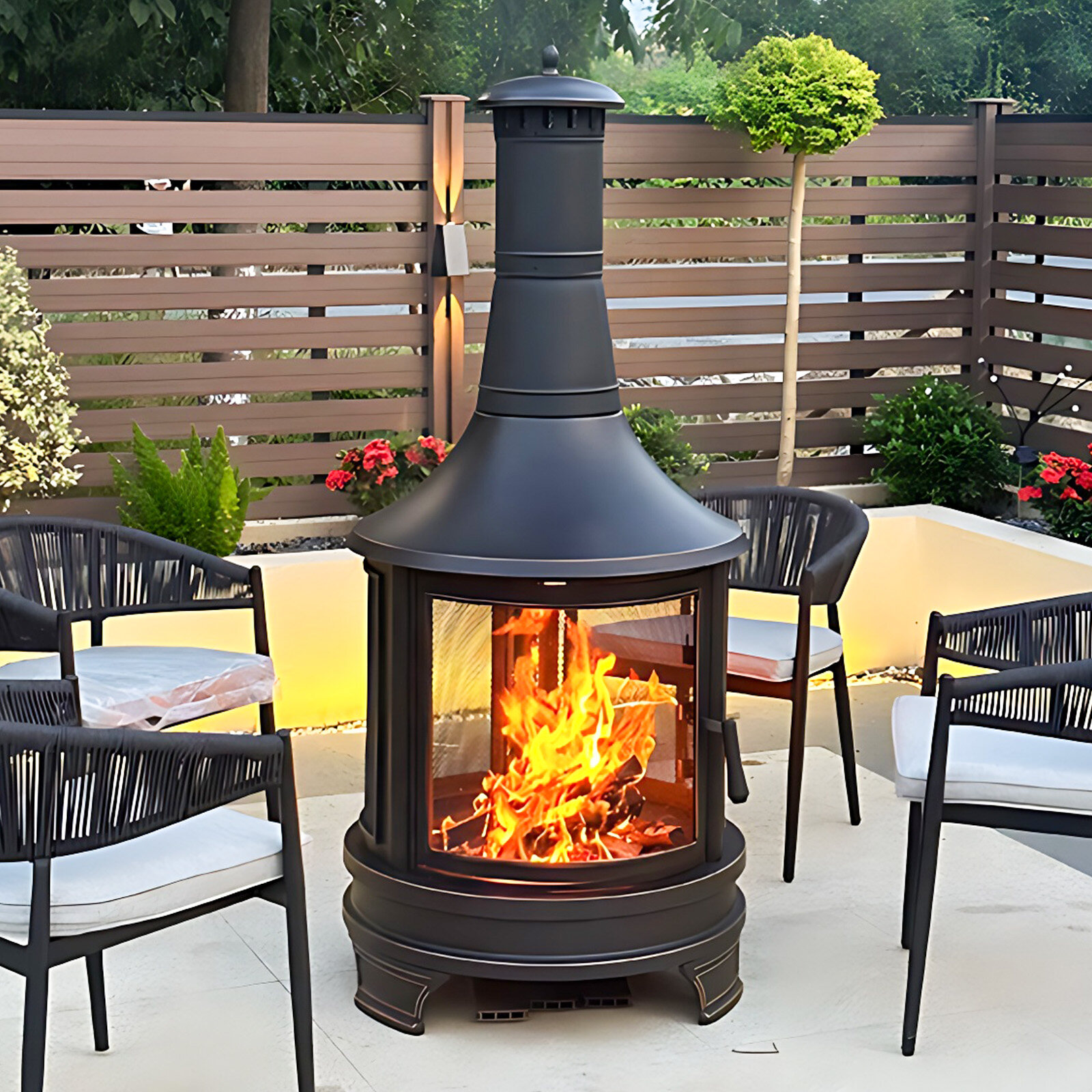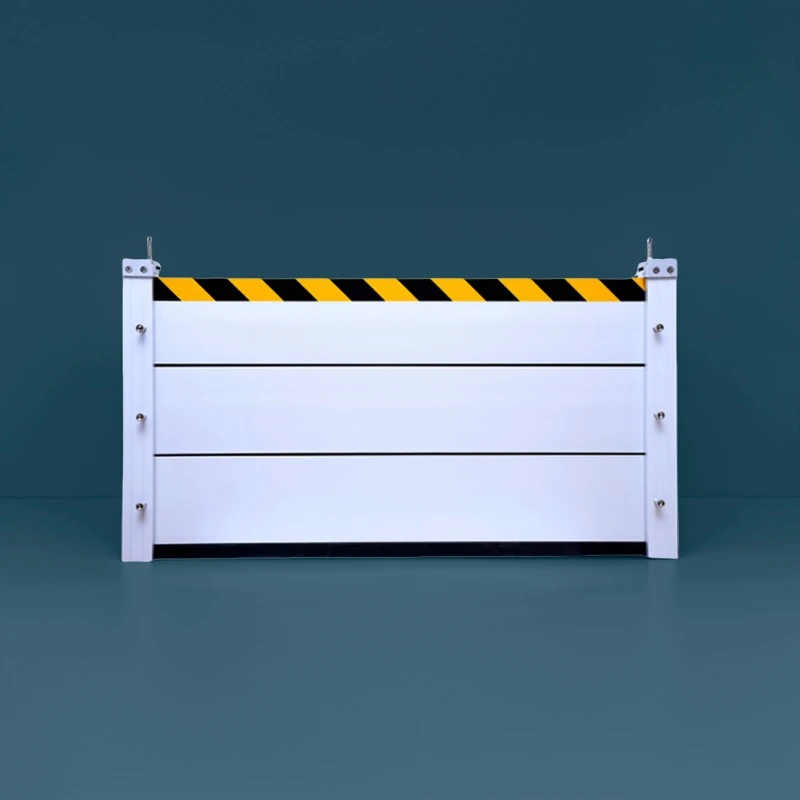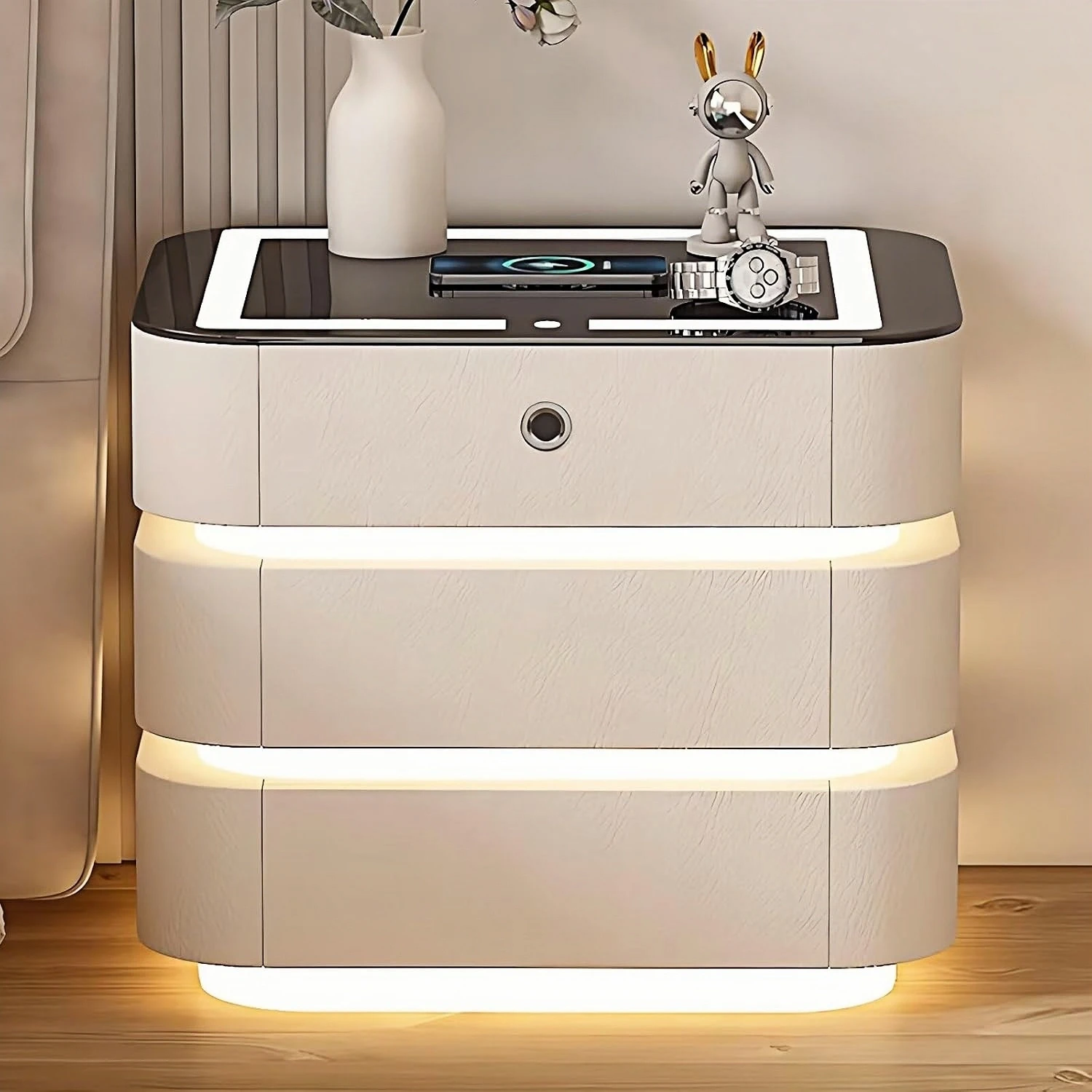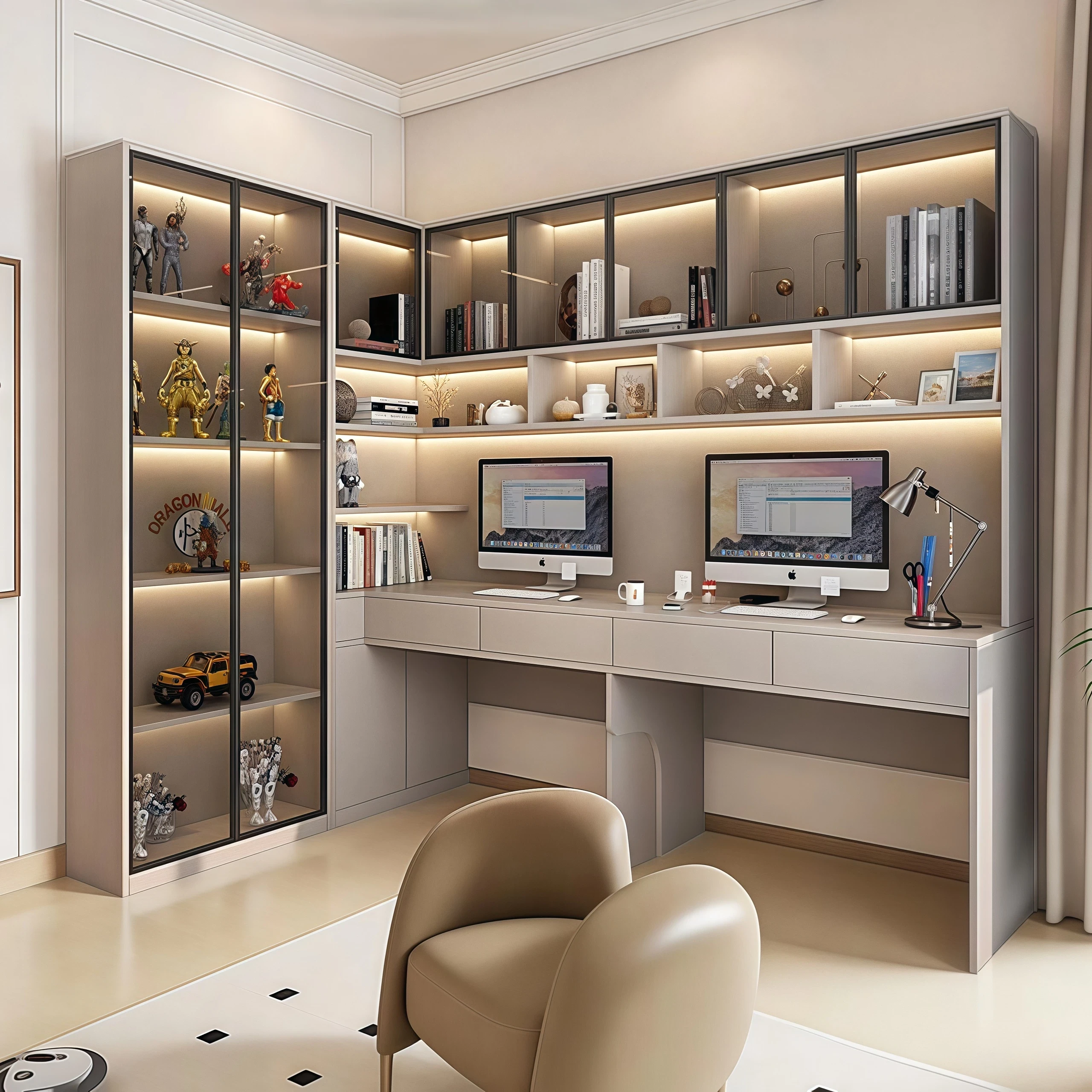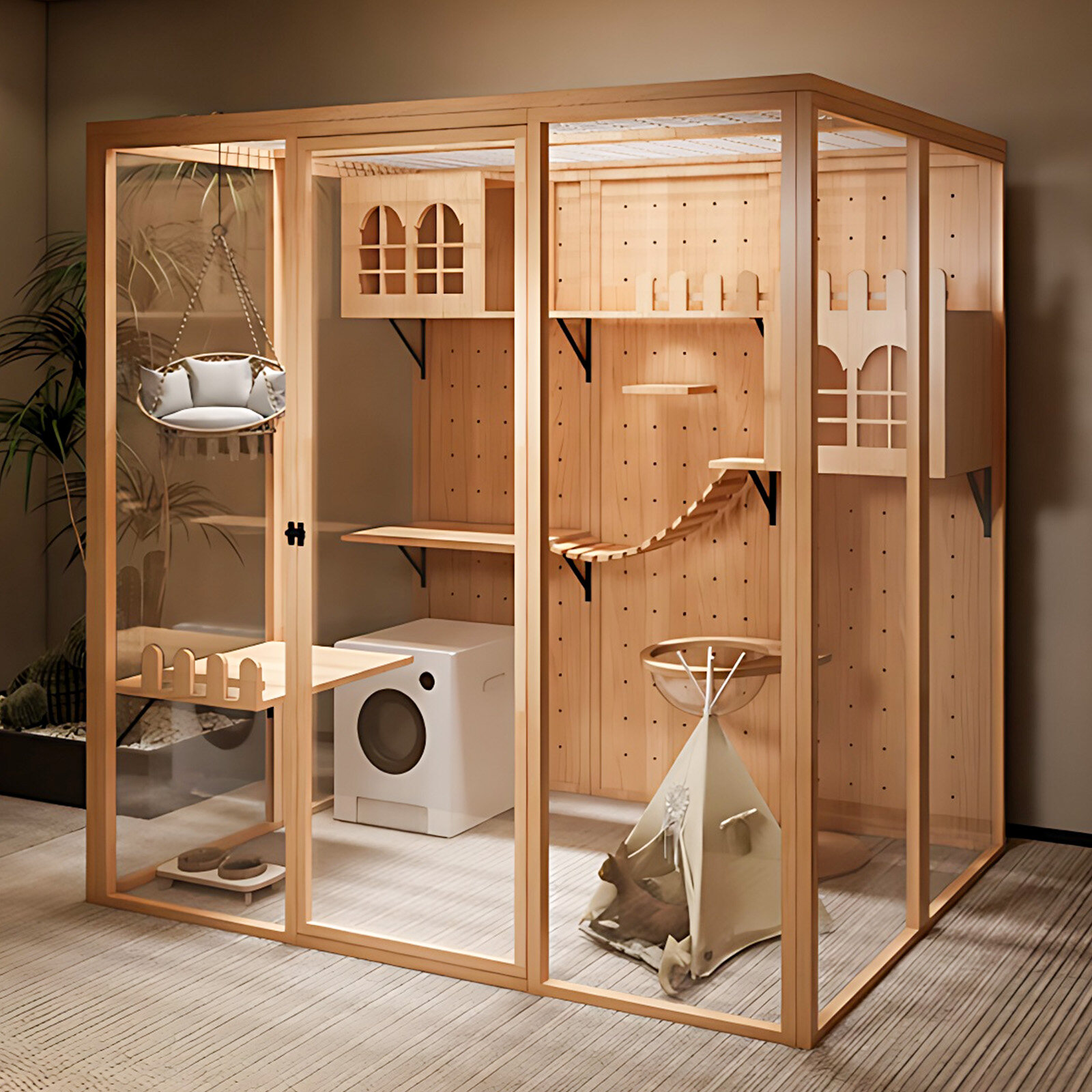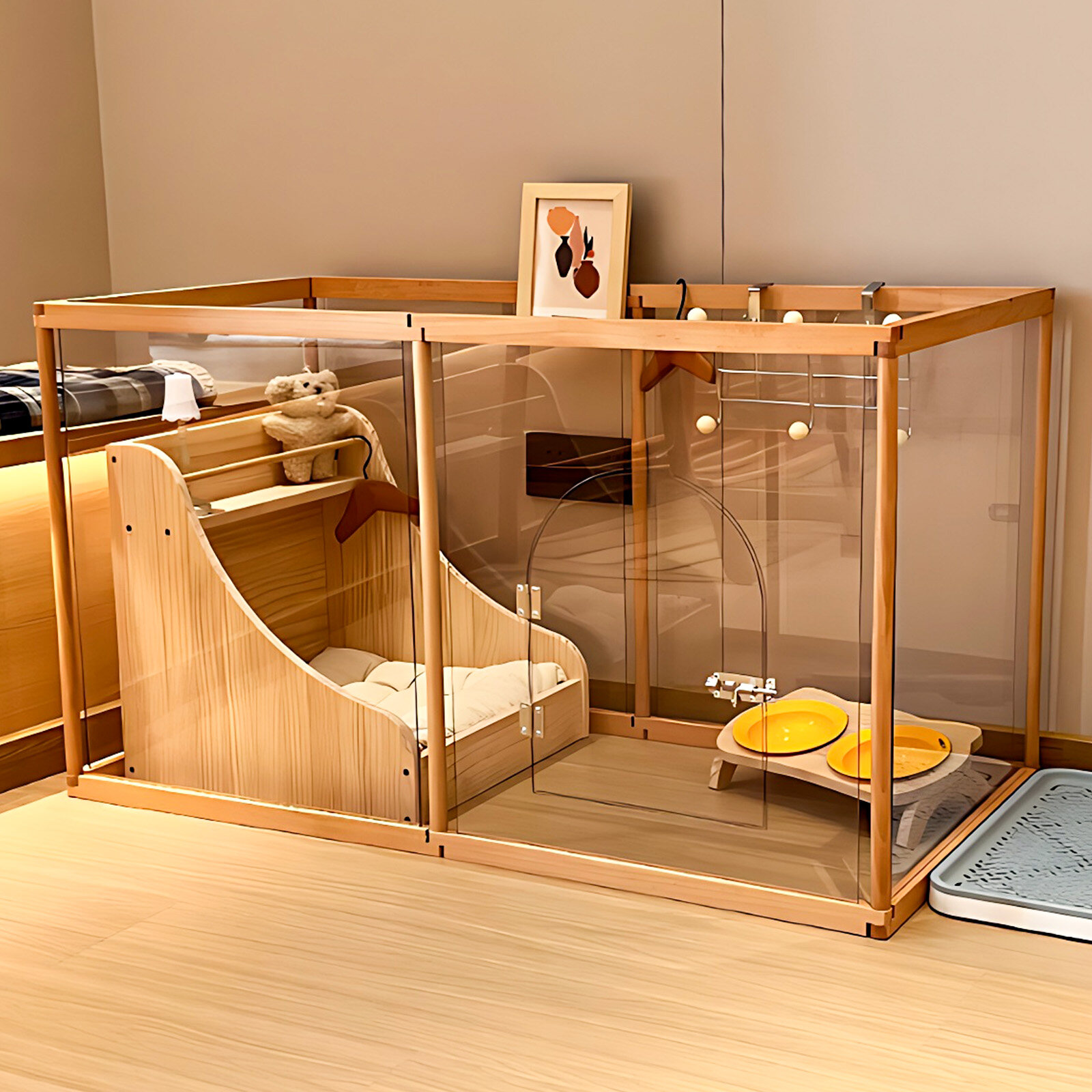Begin by conducting an honest audit of your bathing habits. Think: how do I bathe? How much space do I truly have? How far can my plumbing and structure stretch? What are the types of bathtubs? If you can honestly confront those questions, you'll be in a good position to align the types of bathtubs available with your lifestyle. You'll also be a lot closer to figuring out which bathtub is actually a good long-term investment. Forget what looks good in photos.
Freestanding bathtubs: sculptural freedom with spatial consequences
A commanding presence is what a freestanding bathtub conveys. Freestanding bathtubs are statement pieces that become the focus of any bathroom. They may be the types of bathtubs of aspirational bathroom designs seen in magazines and on Pinterest.
Freestanding bathtubs are the opposite of built-in bathtubs. Like modern art, a freestanding tub can look good just as it is, without a bathroom to put it in. At the Atlanta Merchandise Mart, I saw a freestanding tub in room 726 that Picasso might have painted.
Yet the room, despite having a very artful bathtub, felt just a touch unfinished because bathtubs need plumbing, and where there’s plumbing, there are some earthy elements unavoidable in the look of real-world bathrooms.
Alcove bathtubs: space-smart reliability for compact plans
Alcove bathtubs are the best among the types of bathtubs and the best solution for optimizing space in a bathroom. They require the least amount of square footage and slide easily into the three-wall alcove created by most shower/bathroom designs. Their geometry is perfect for floor space conservation, and their straightforwardness makes them an easy, economical choice.
And they're not just a good choice because they take up less space – they're also a good choice because they can easily be installed with very little complication, which keeps your money savings intact and keeps the bathtub getting put into the bathroom fairly quickly.
Corner bathtubs: maximal soaking in minimal footprints
When the floor plan nudges you into diagonals, corner tubs unlock soaking areas that feel surprisingly expansive, redistributing width into a triangular footprint that can still accommodate two backrests, integrated arm support, and even hydrotherapy features.
The geometry, however, can eat into underfloor service runs and tile layout, and make tub installation a real challenge. So you want to template precisely, coordinate early with your installer, and locate the floor drain and any other plumbing under service runs that won't confuse your tile setter.
Corner units also reward thoughtful faucet placement to prevent awkward reaches across wide rims that serve as ledges and keep spouts from splashing onto any adjacent vanities.
Walk-in bathtubs: accessibility elevated to ritual comfort
Models that you can walk into occupy a special place in the tub hierarchy. They are not the cheapest, but they are often the safest and most reliable. Bathtubs like this tend to have low thresholds, molded seats, textured floors, and good drainage to ensure that water doesn't get all over the bathroom.
You can open the door in or out, and you can control the water just as if you were in a traditional tub with a thermostat and a control lever. Lots of folks are doing aging-in-place research, like these walk-in tubs.
Heritage silhouettes: clawfoot and slipper elegance reimagined
Nostalgia meets modernism with clawfoot and slipper tubs. Curvy and elevated, these beauties are easy to clean underneath. Their backs recline more gracefully, in more kinds of positions, than the backs of most chairs. You could even consider them feng shui forms for long self-pampering.
Plan carefully and maintain aesthetics with exposed plumbing finishes; reinforce your floor to hold either tub's weight when full; and control splashing, especially if your tub isn't boxed in, with consideration of how and from where you'll get into and out of the tub.
Check for comfort: pitch tests best with the non-farming side of a garden trowel; your hedge; and length, as they say, is all in the mind. Handheld showers can be quite romantic, but a poor substitute for a waterfall might make you reconsider that absence.
Materials and performance: where feel meets physics
Acrylic is warm to the touch, versatile in design, and light enough for upper-floor installations. Cast iron is warm, durable, and built to last. Enameled steel serves up a contemporary sensibility with modern aesthetics and crisp lines. Stone, resin, and solid surface bring heft and satin-like touches to the fore. Copper and brass offer antimicrobial properties and artisanal ways to show off a kitchen's modernity, but they require special care. Concrete remains a niche material, but it can be used for cast-in-place or precast monolithic forms and striking, sculptural pieces.
Concave&Convex Bathtubs with Comfortable Thermal Insulation Effect Tubs by SunCharm offer a visually striking exterior that is in all ways the opposite of the typical tub facade. It doesn’t just sit there like a hunk of porcelain or fiberglass. Its forms—both convex and concave—are interesting to look at from any vantage point. And when you look closely, you can see that the contours don’t just serve an artistic purpose; they’re also functional. This tub is extraordinarily comfortable.
Recommendation
When it comes to contrasting types of bathtubs, do you seek advice that marries accurate knowledge of materials with the nitty-gritty of installation and the assurance of enduring performance? Look to Suncharm for help in evaluating, pinpointing, and procuring bathtub solutions in line with your spatial, comfort, and maintenance imperatives. From shortlist to setup, Suncharm makes the bathtub process easy and glitch-free. With helpful guidance along the way, it’s a smooth win for your bathroom upgrade.

 USD
USD
 GBP
GBP
 EUR
EUR
